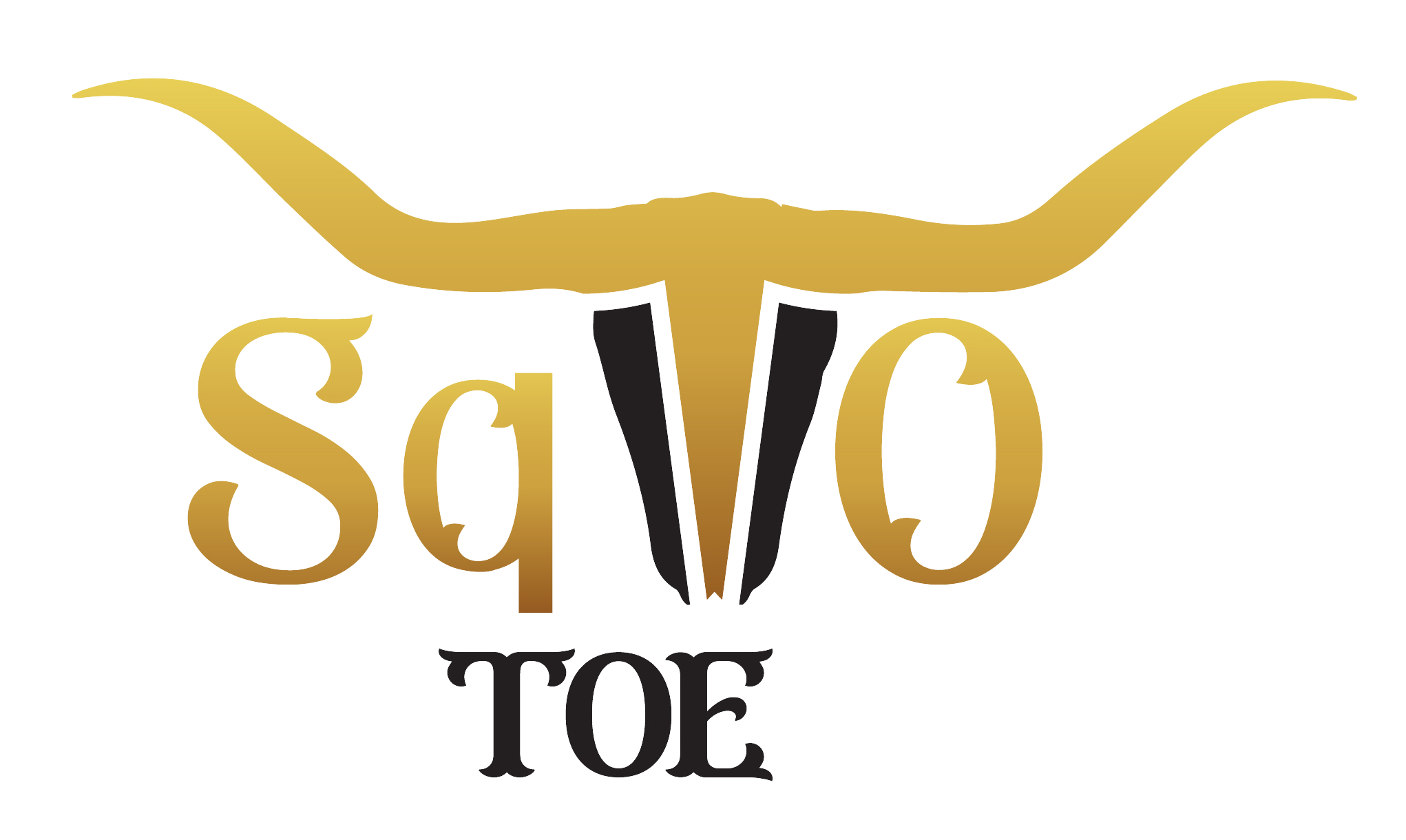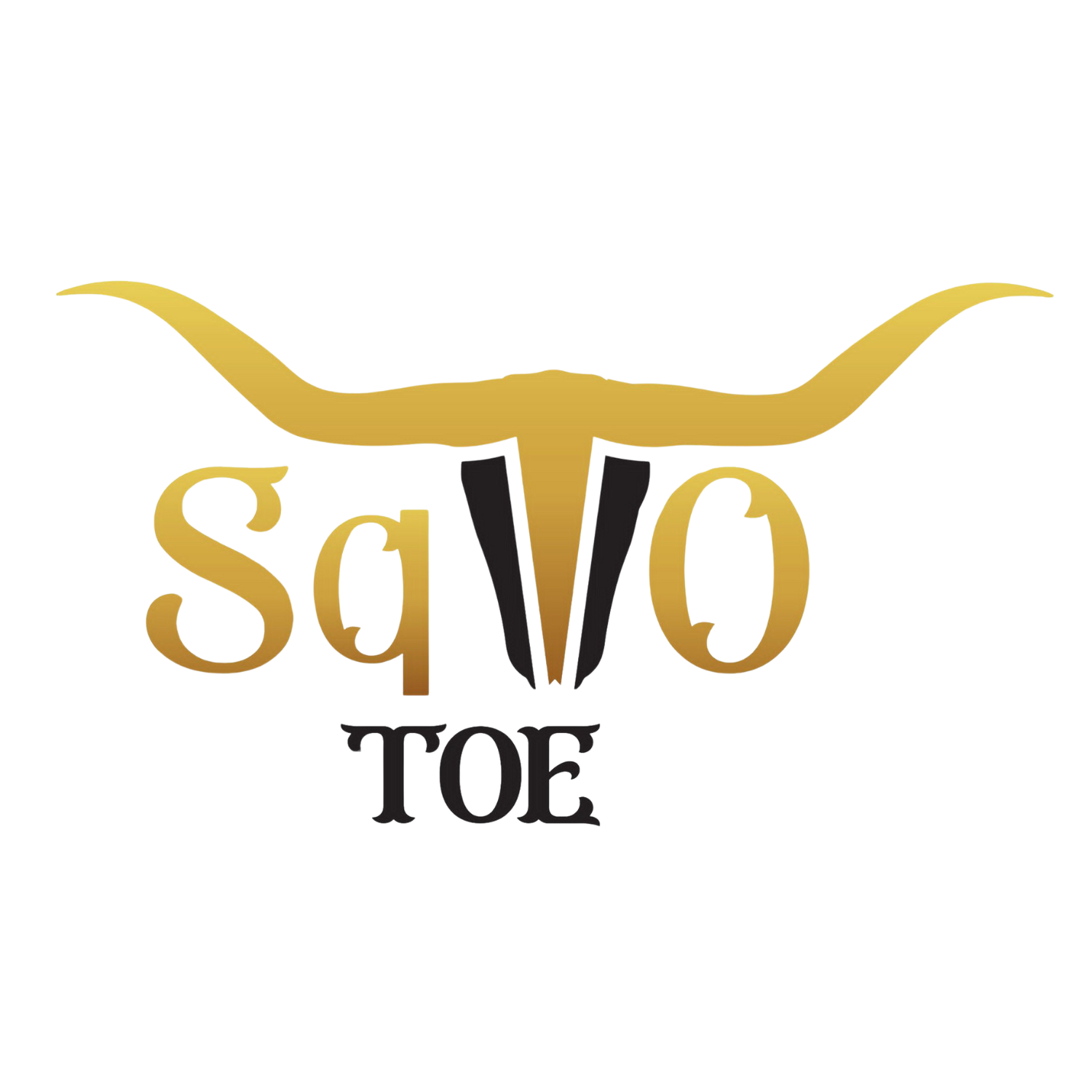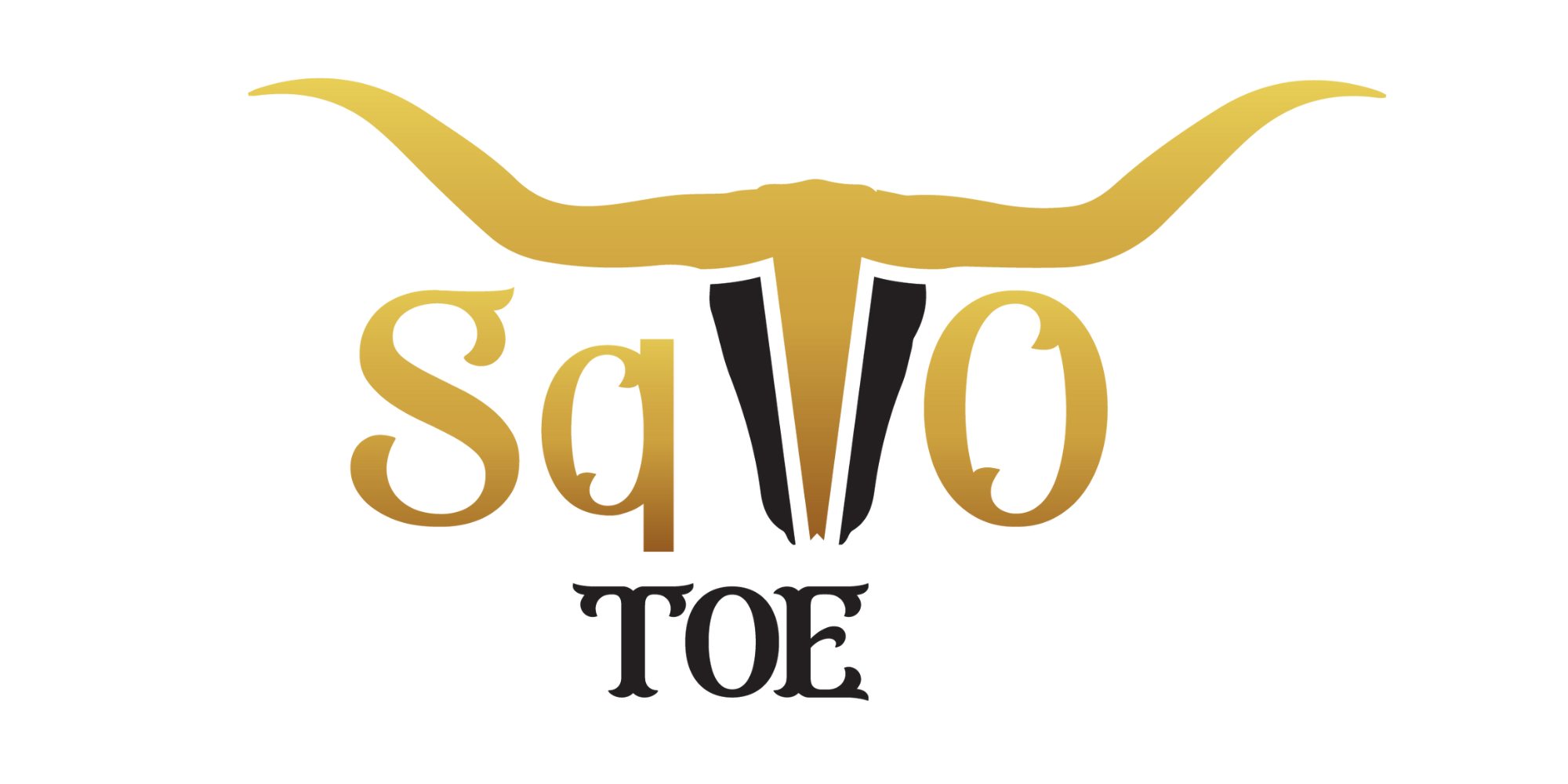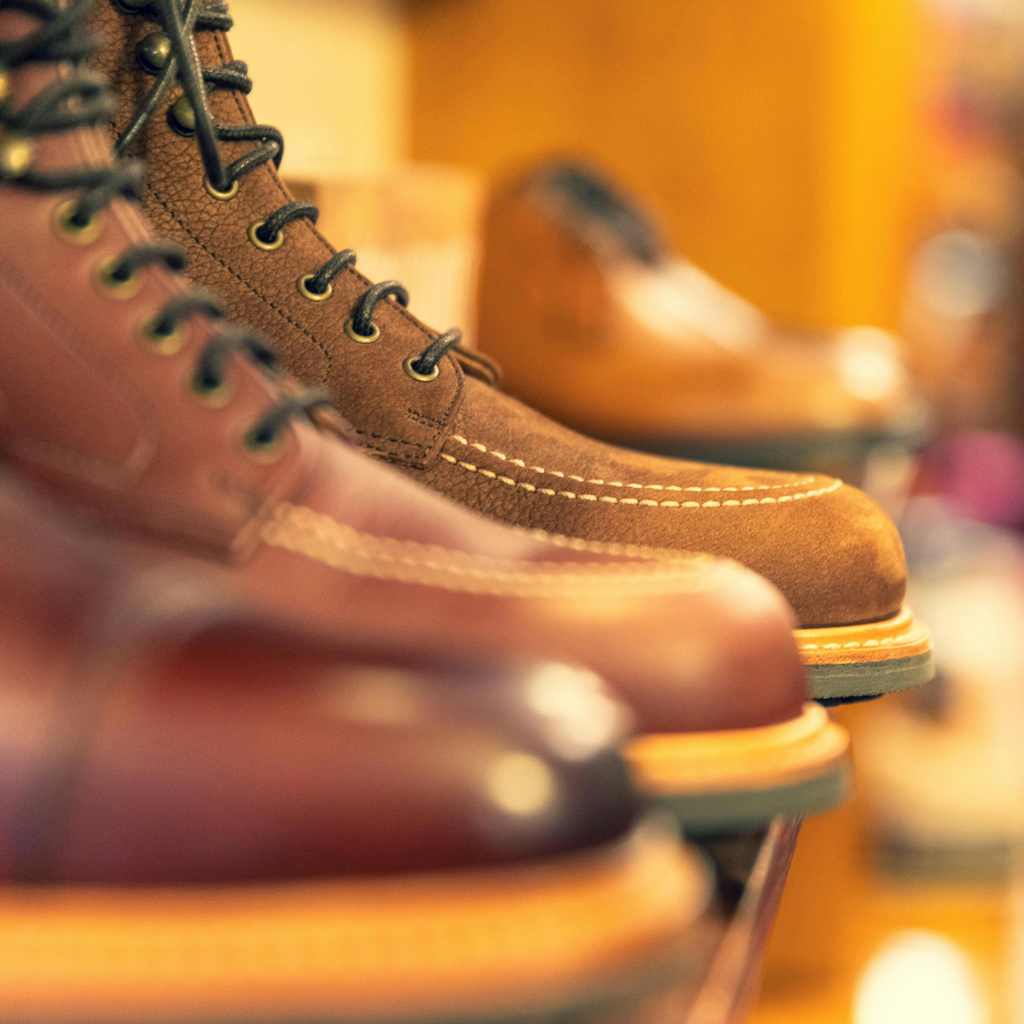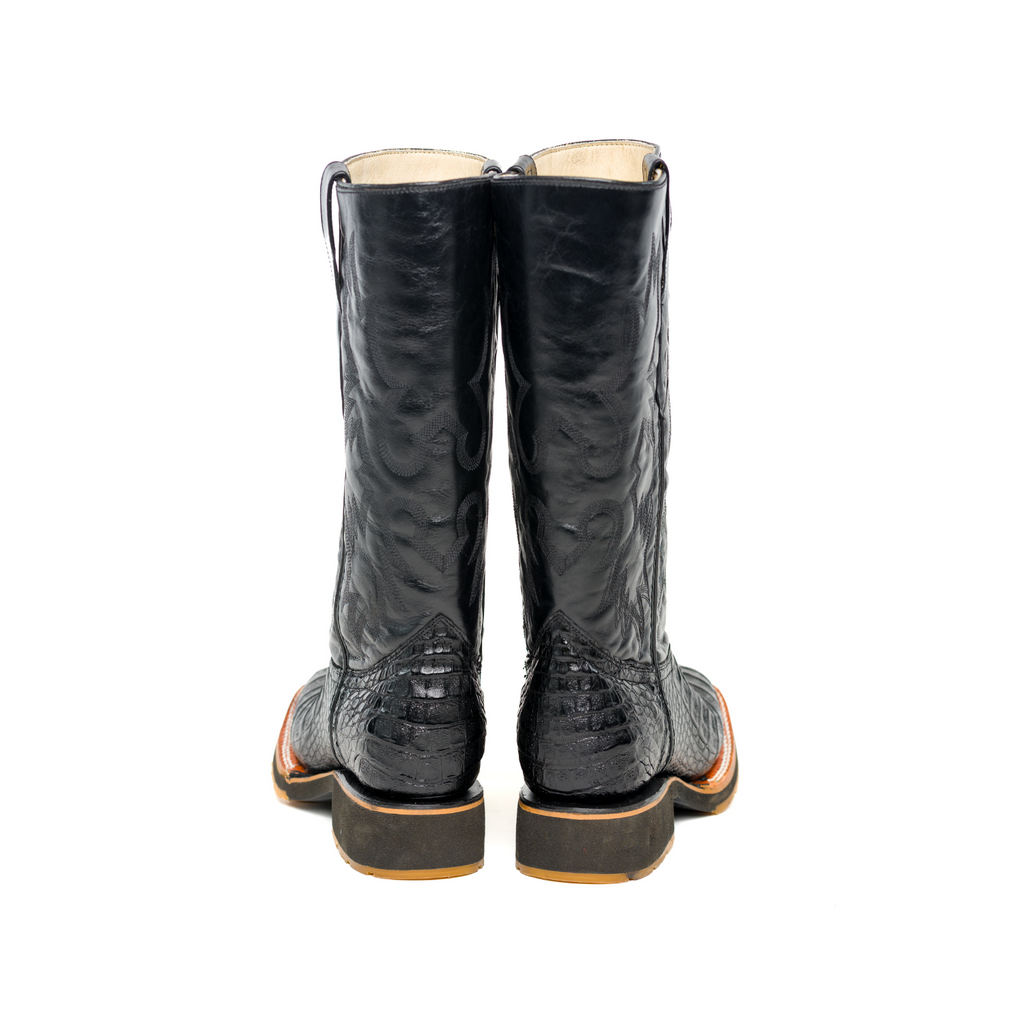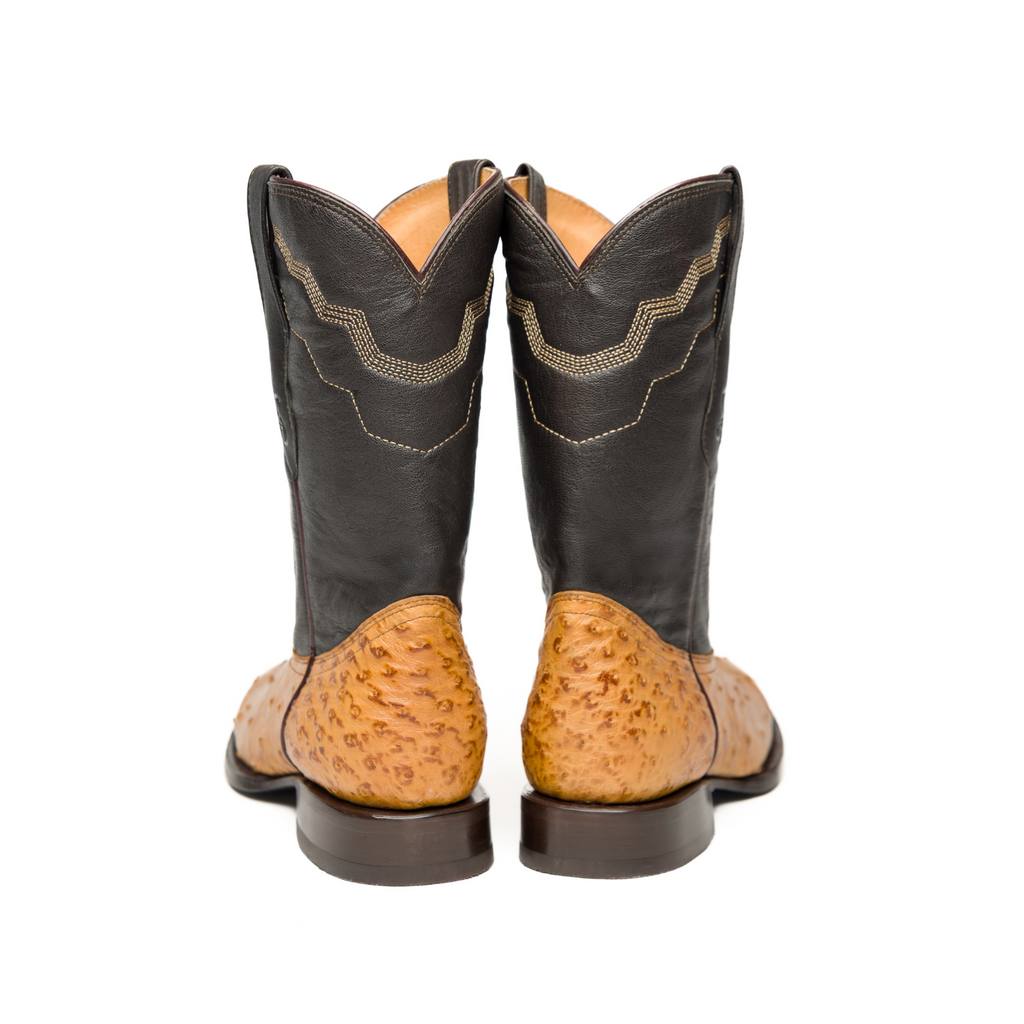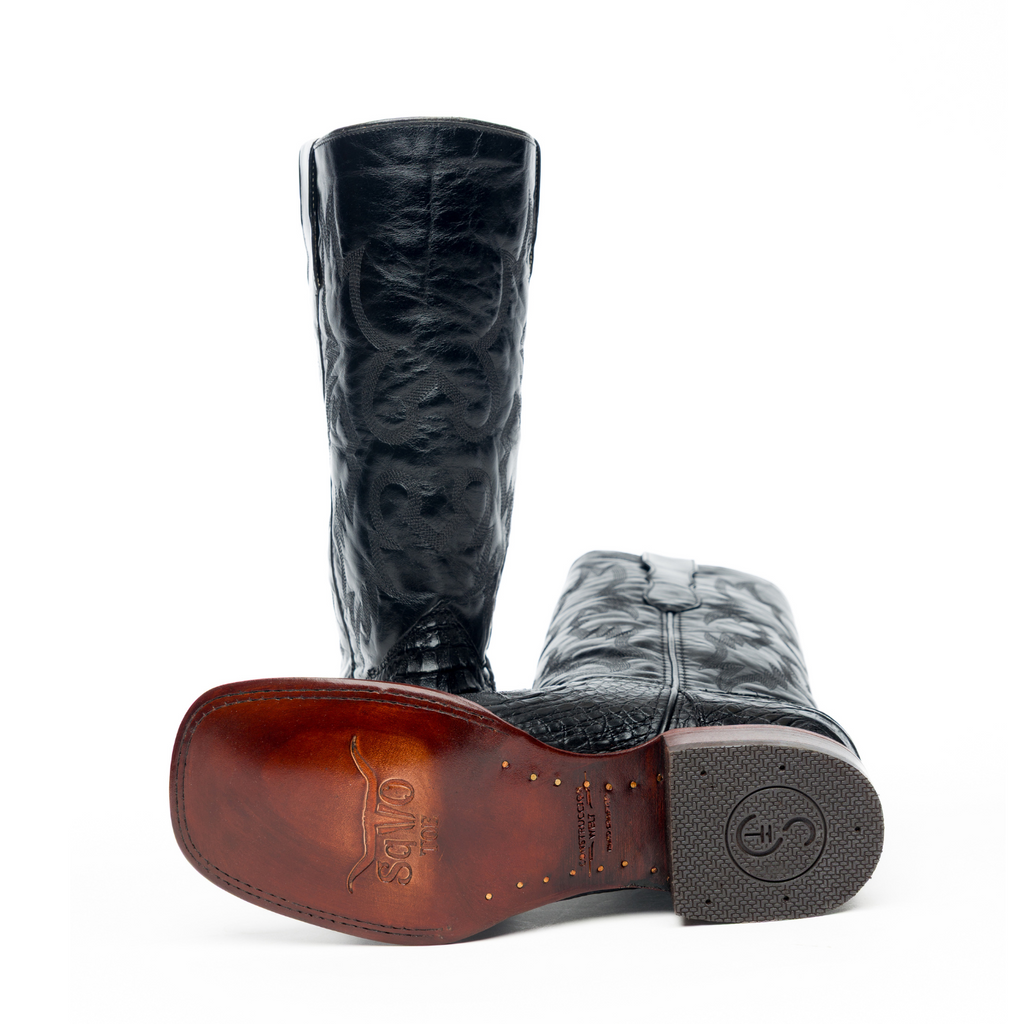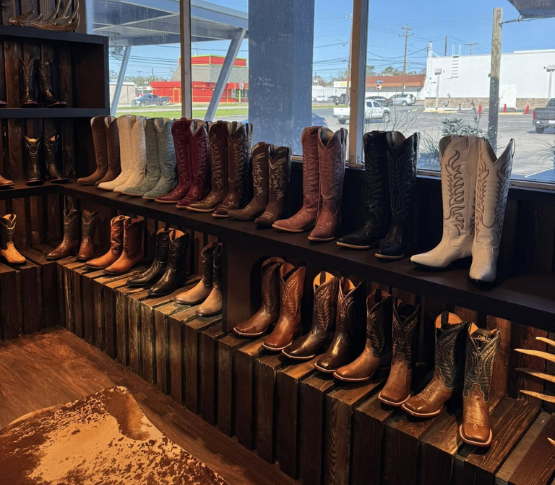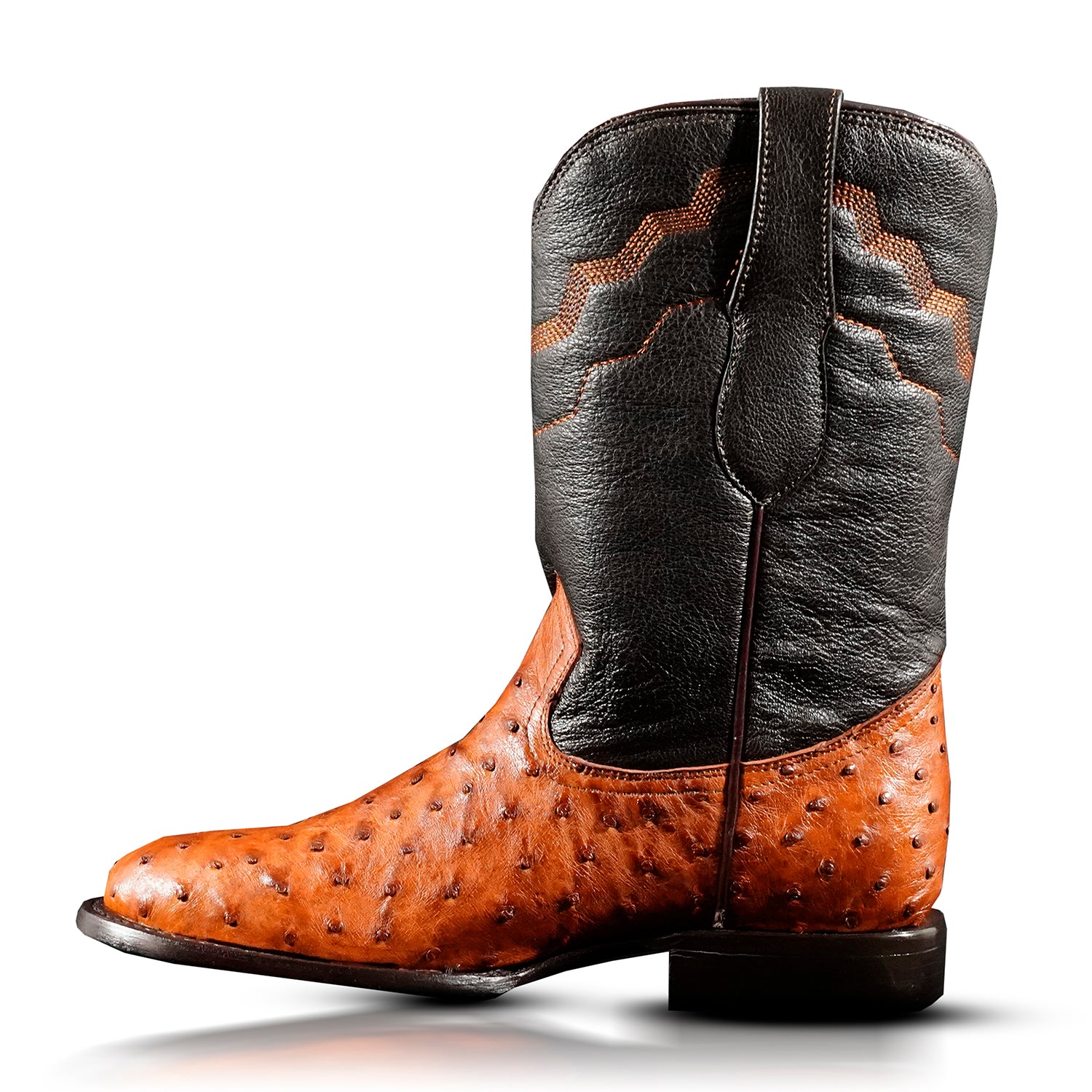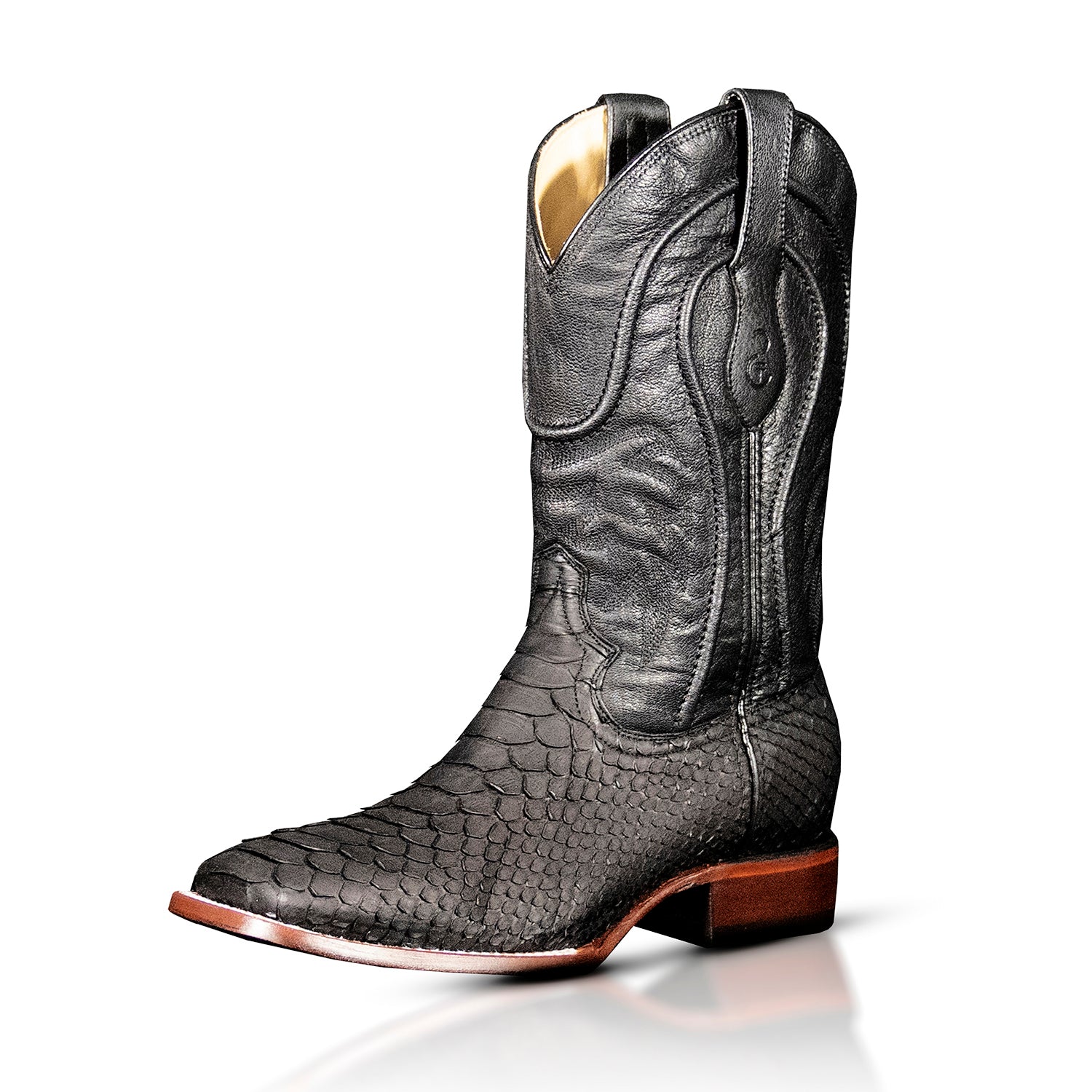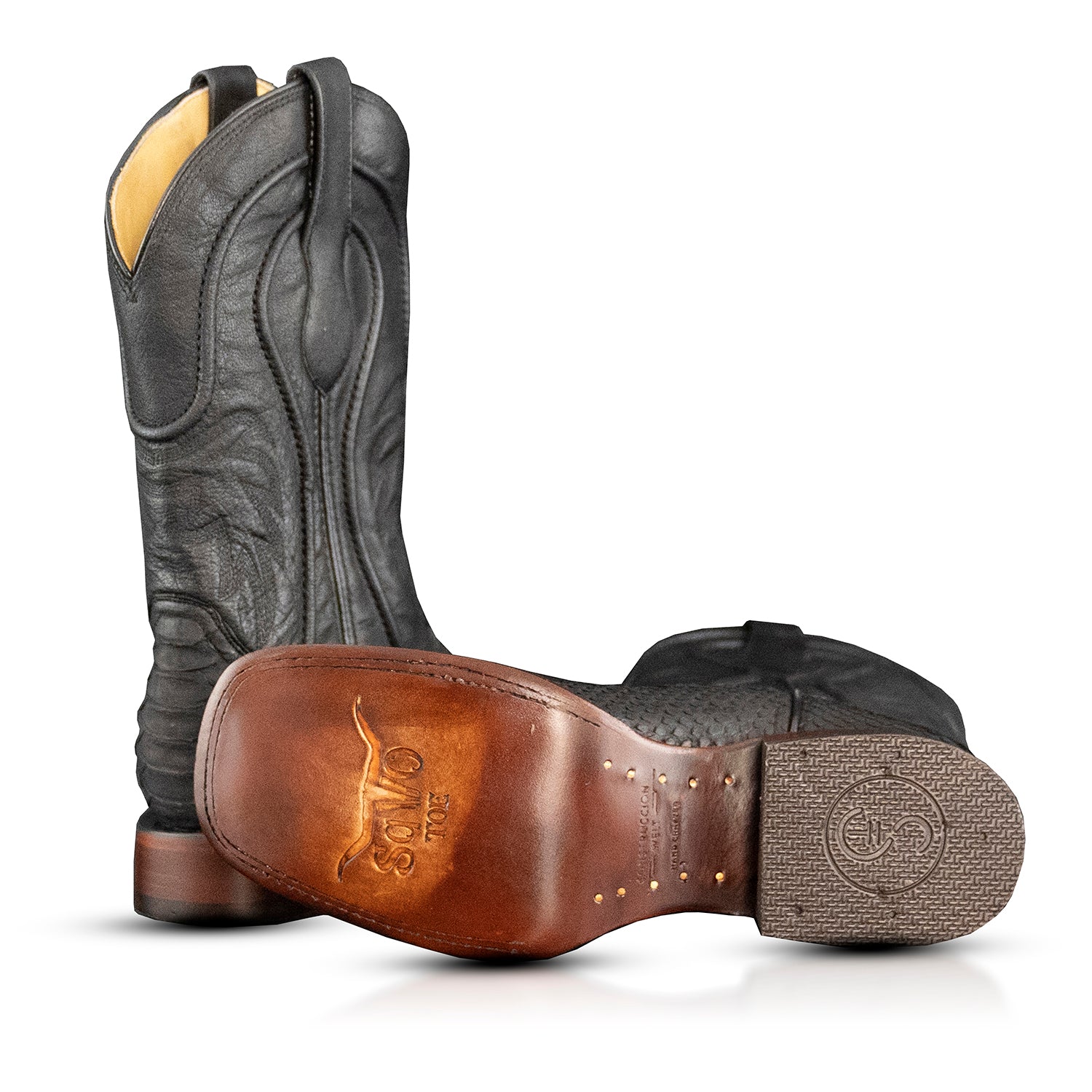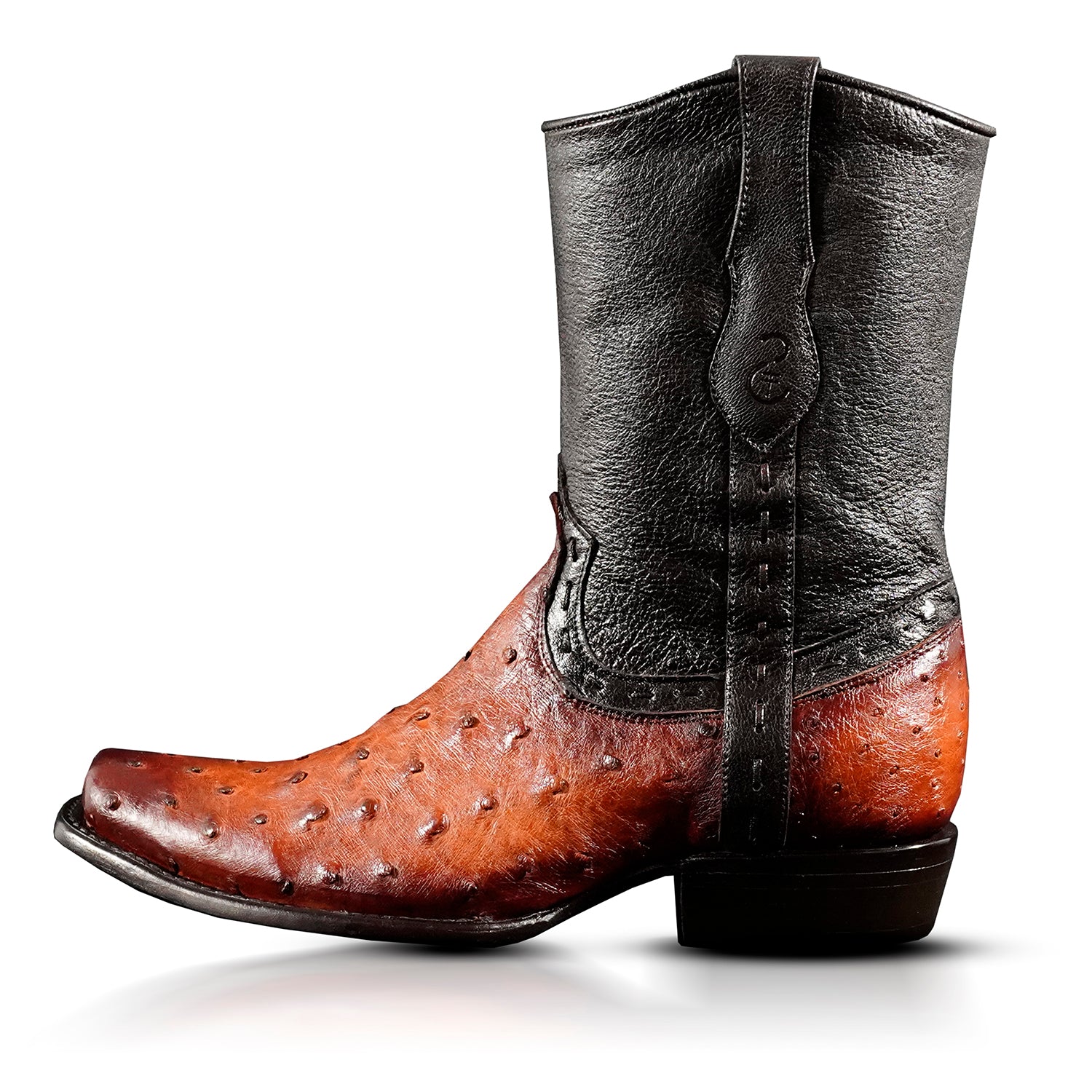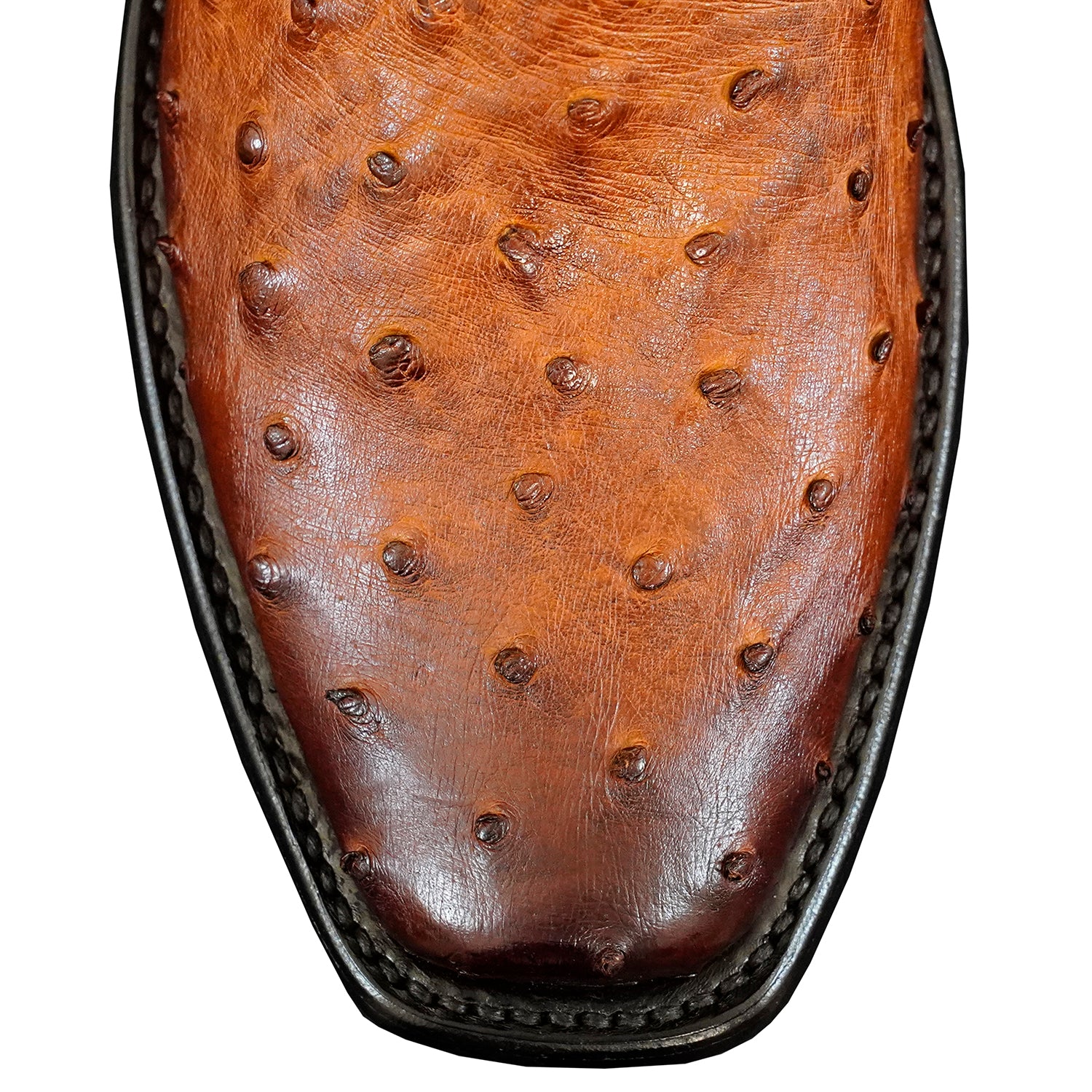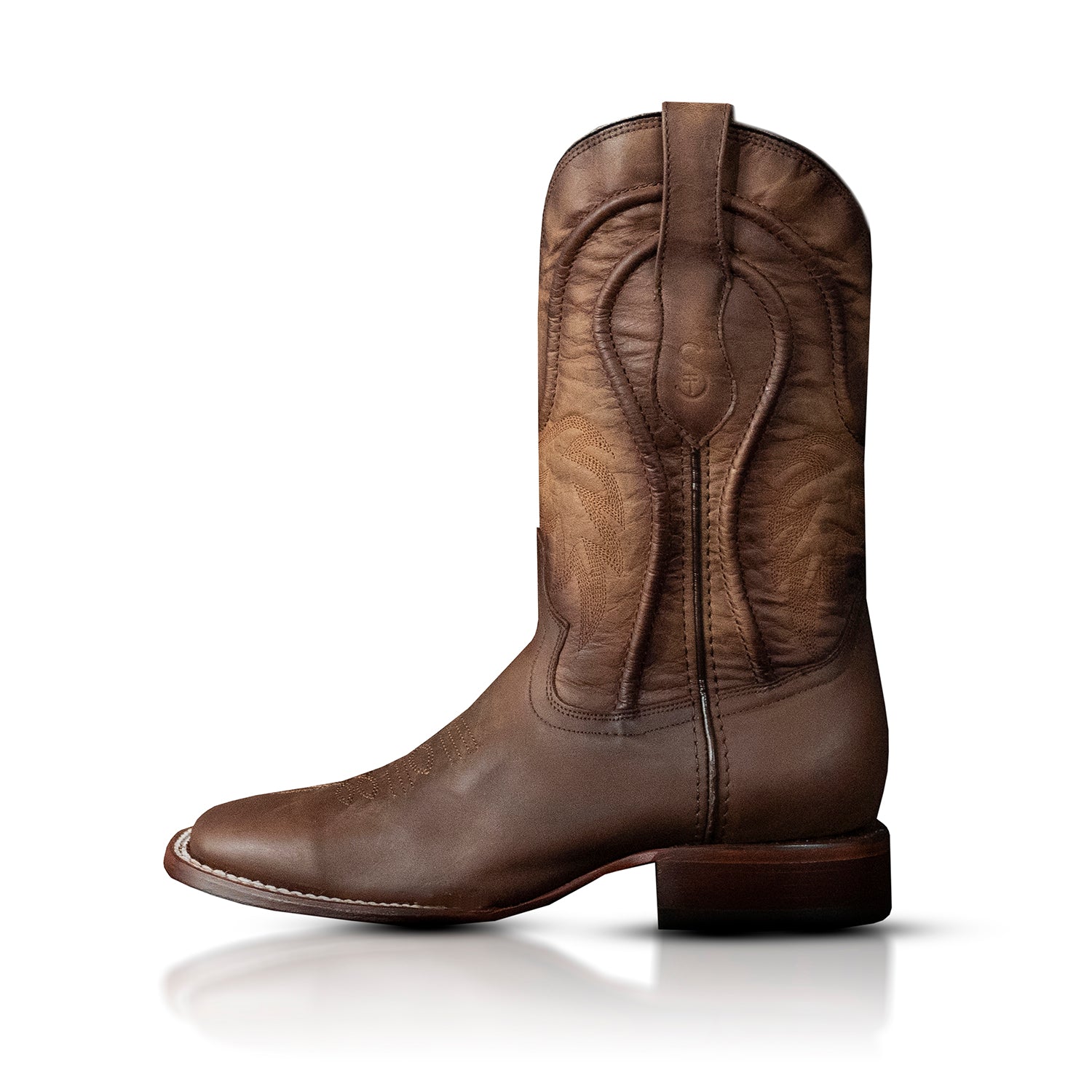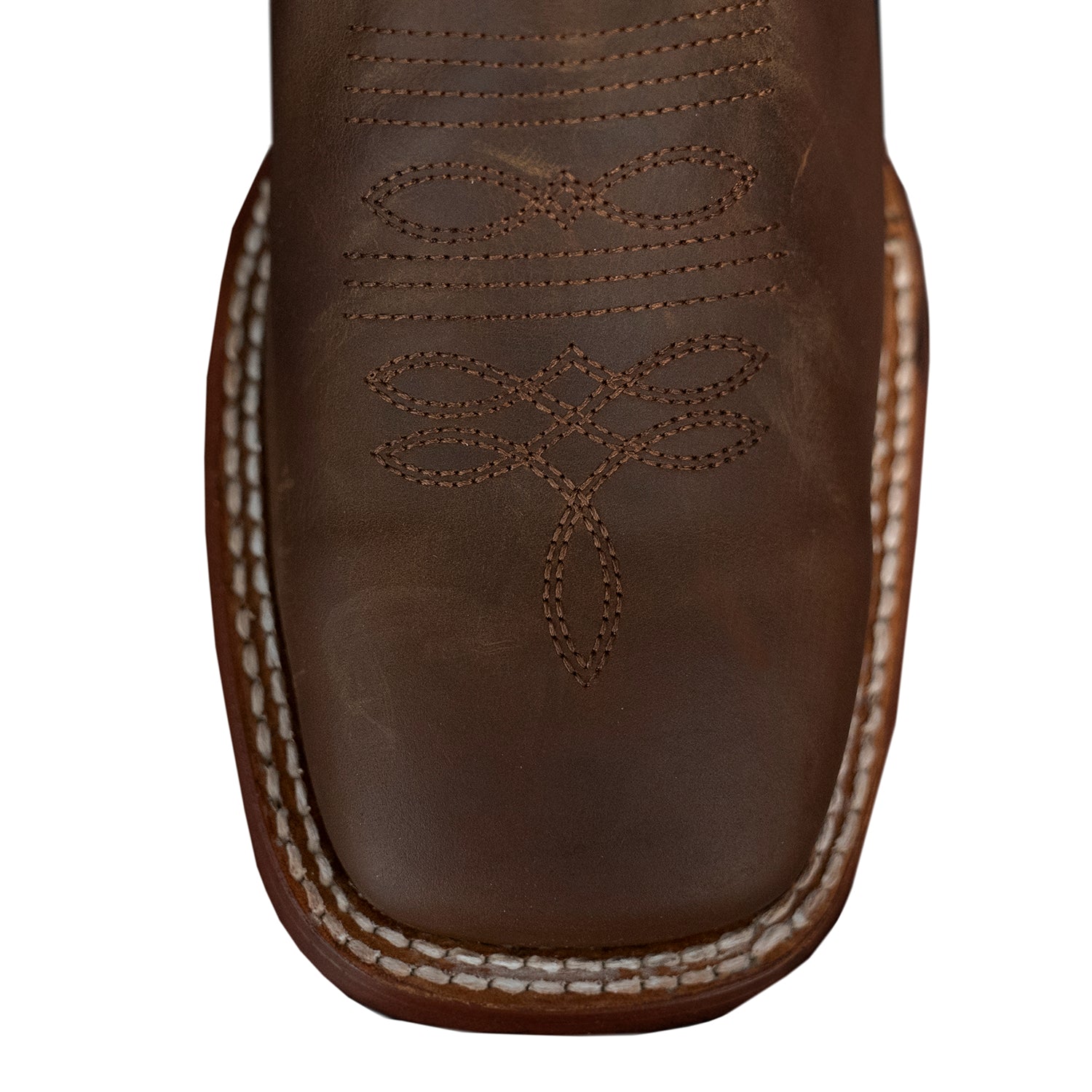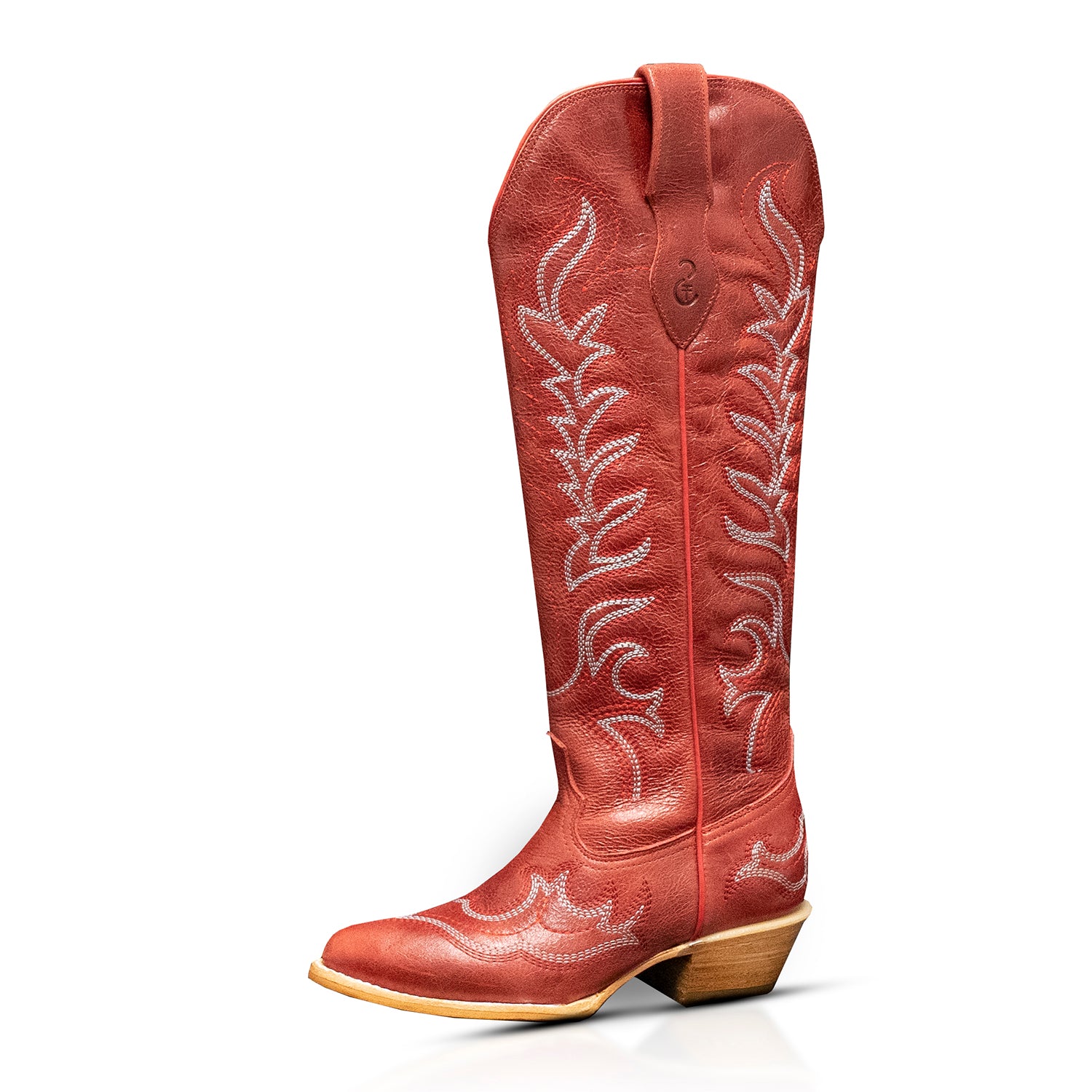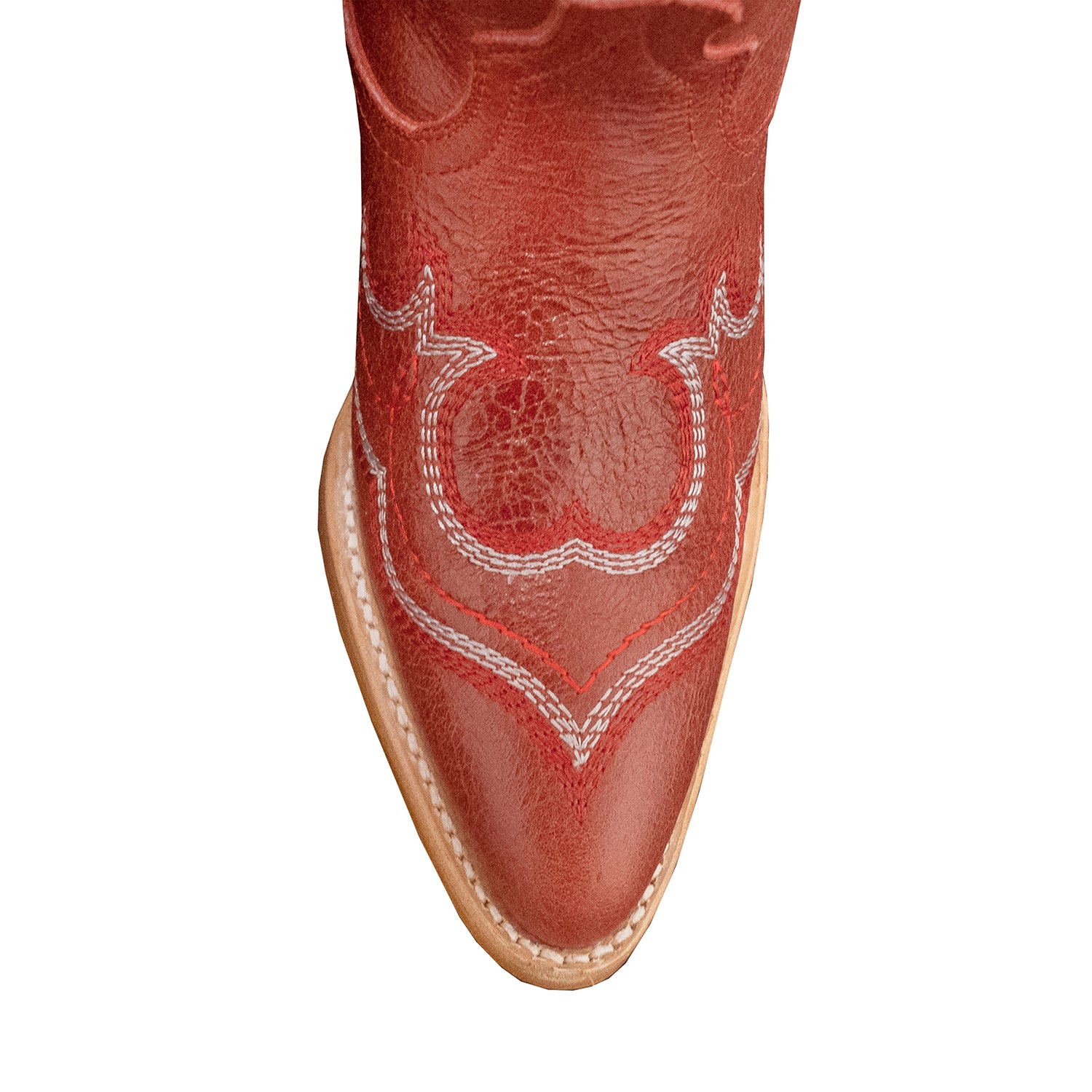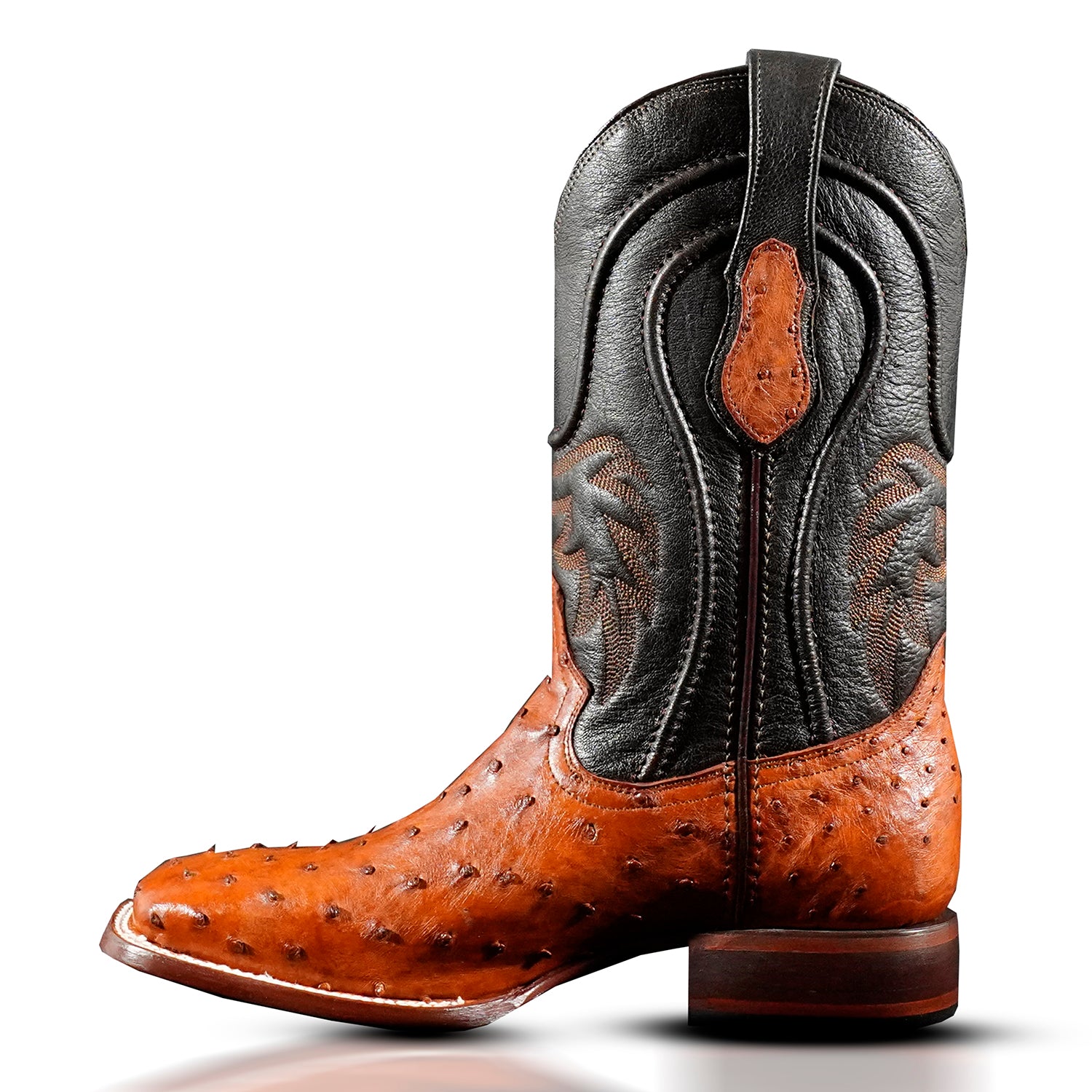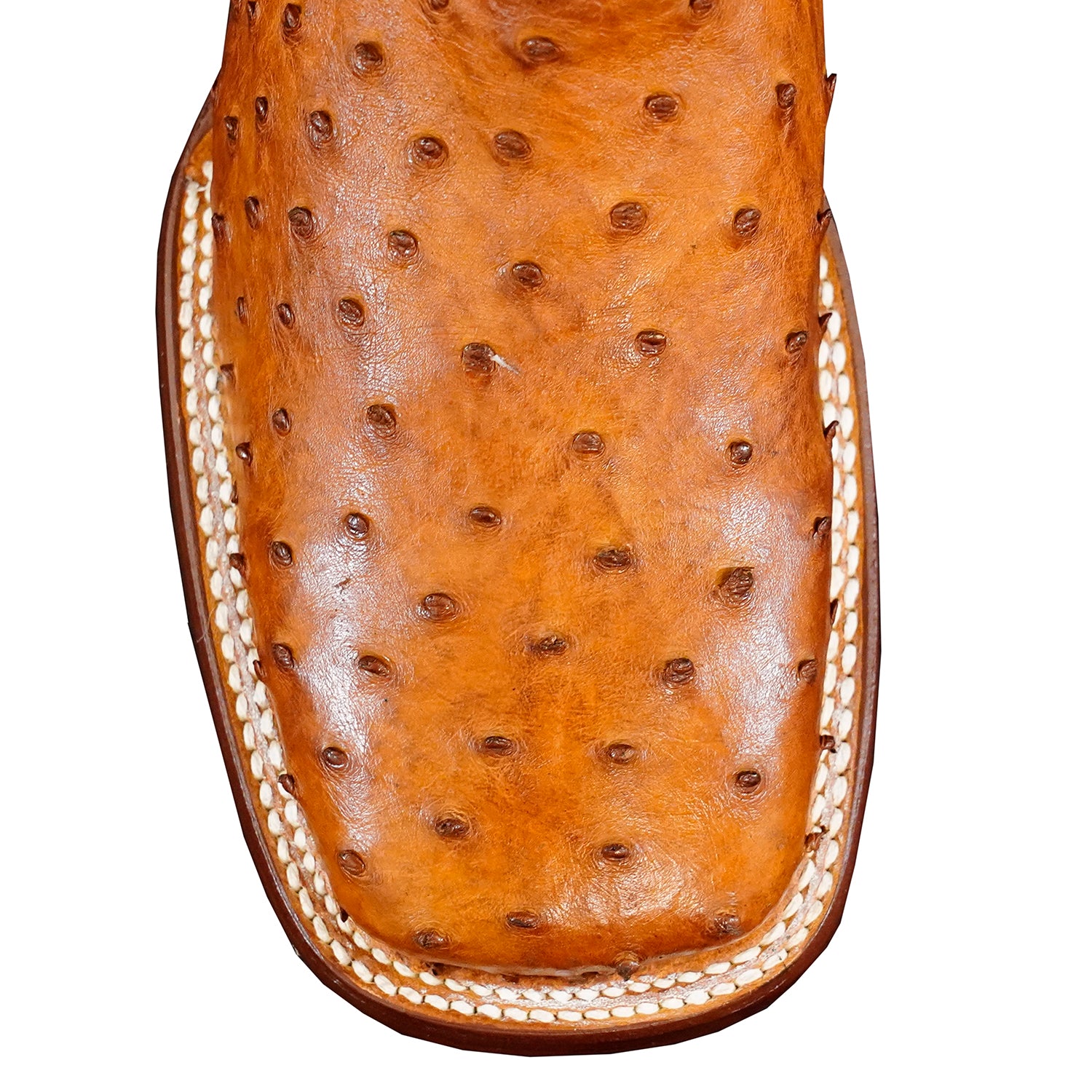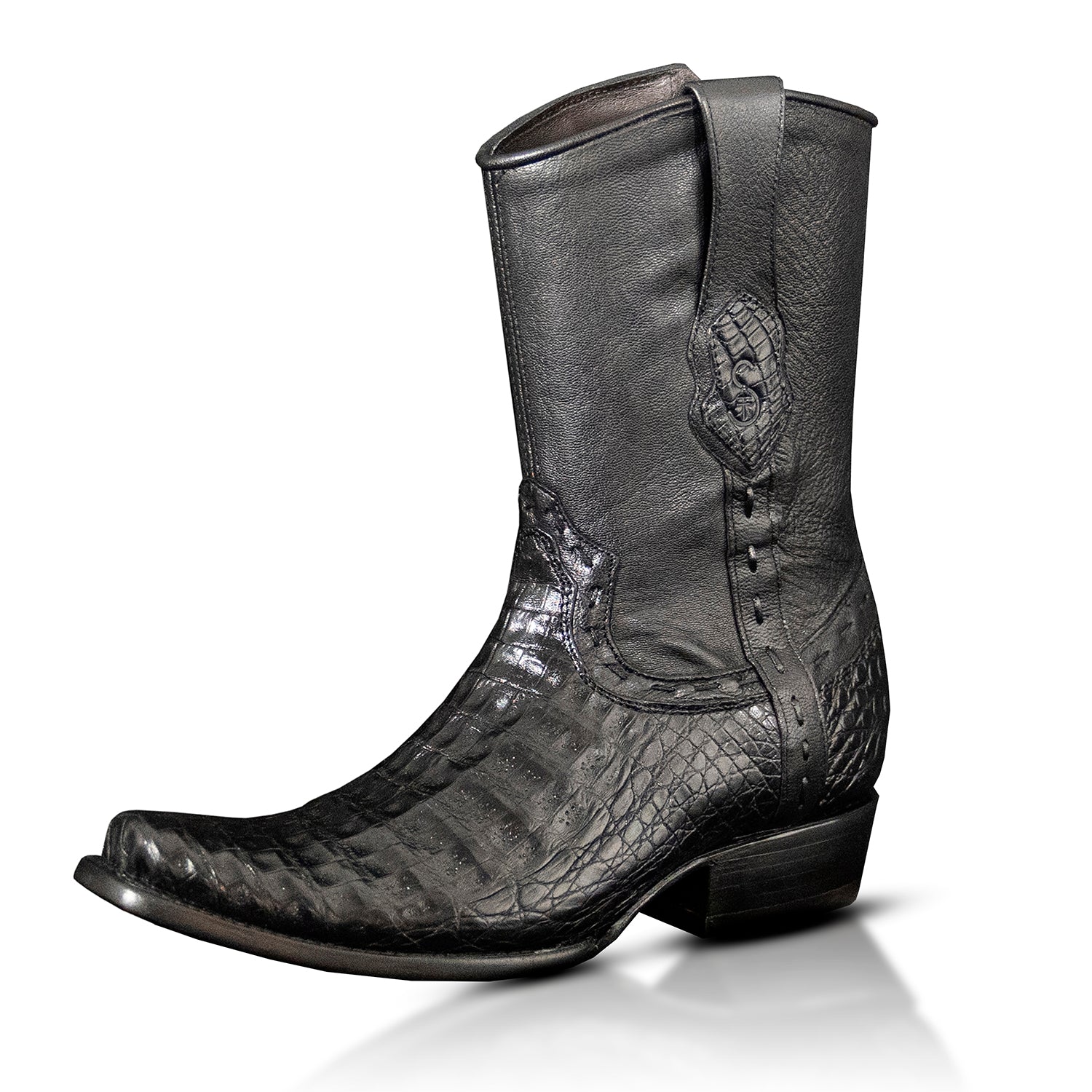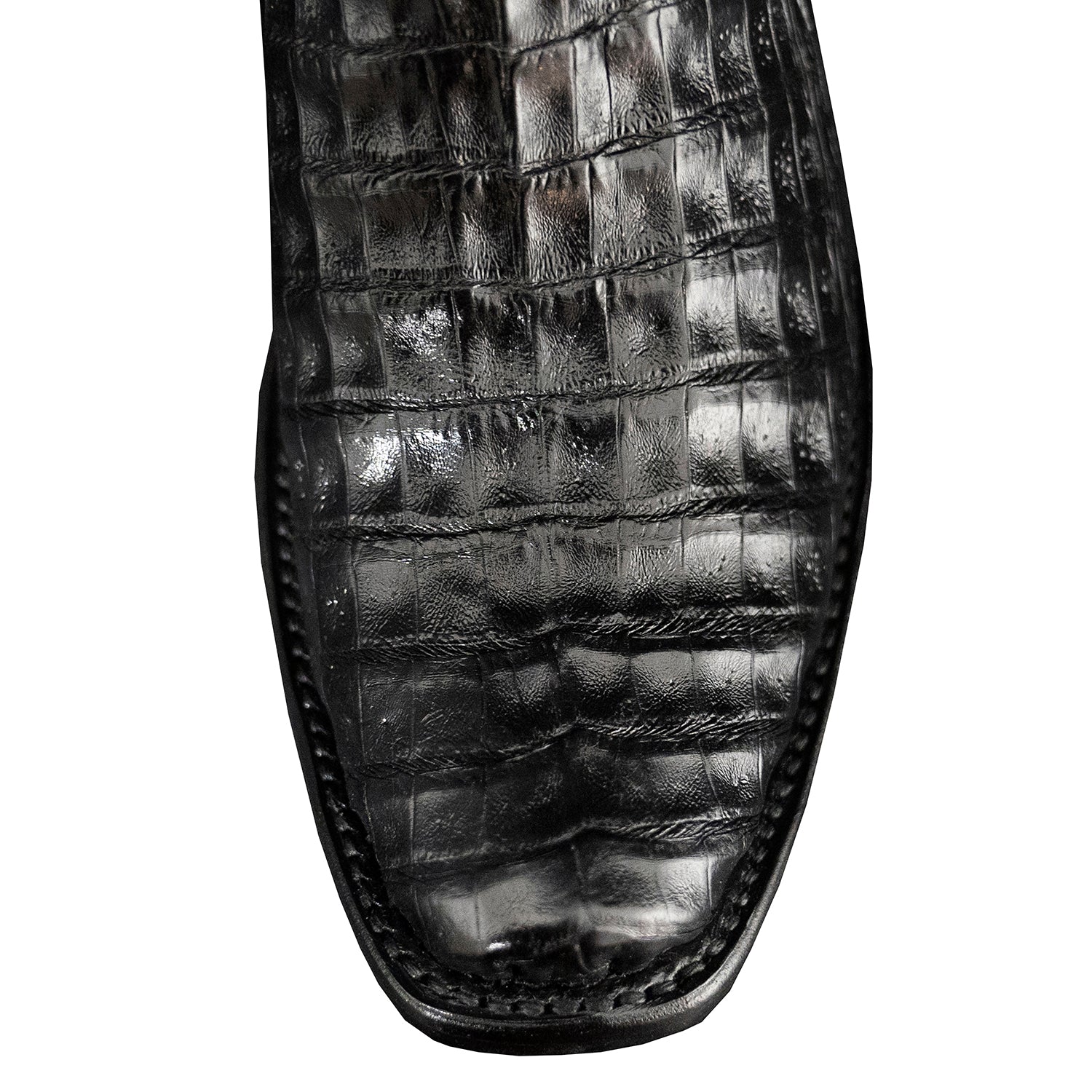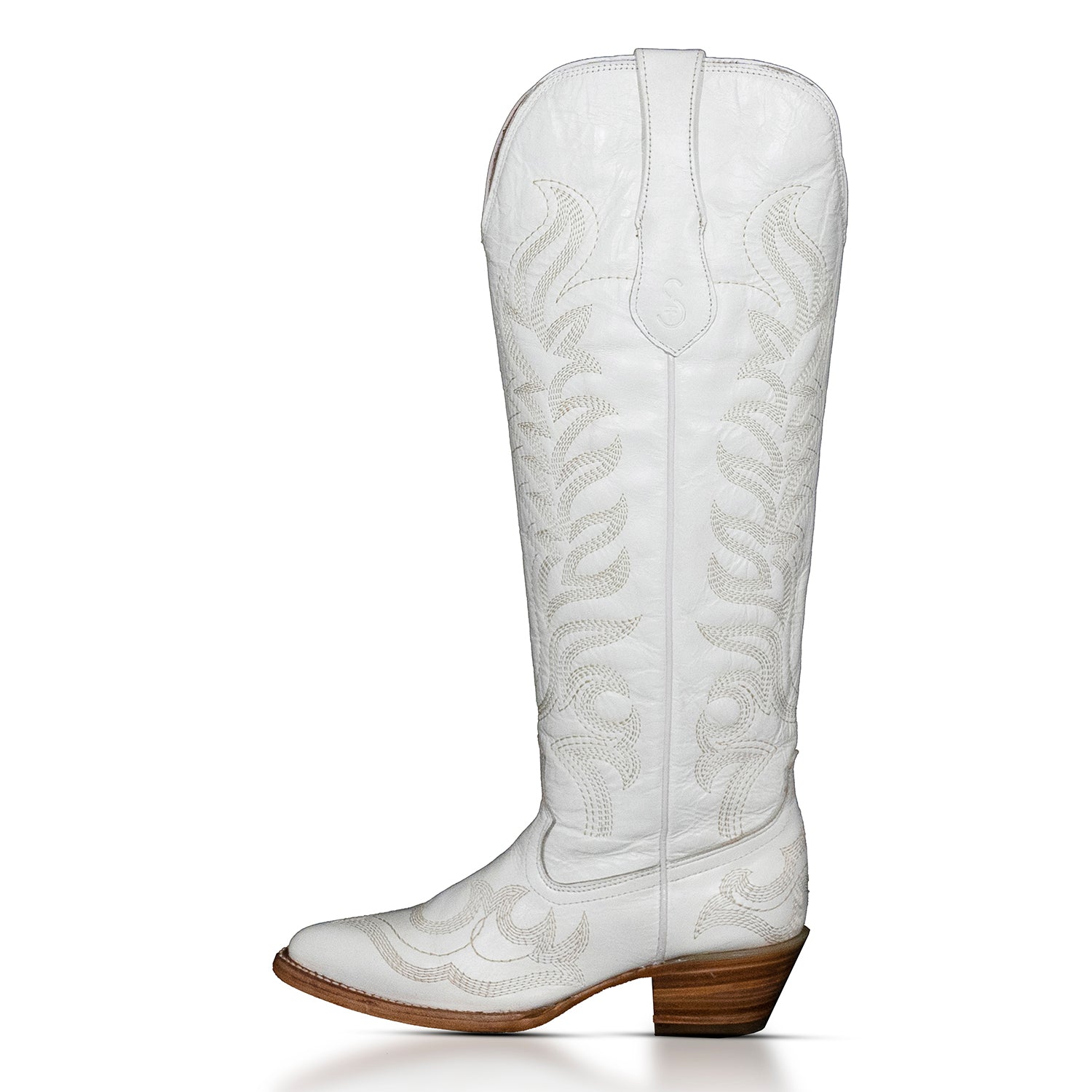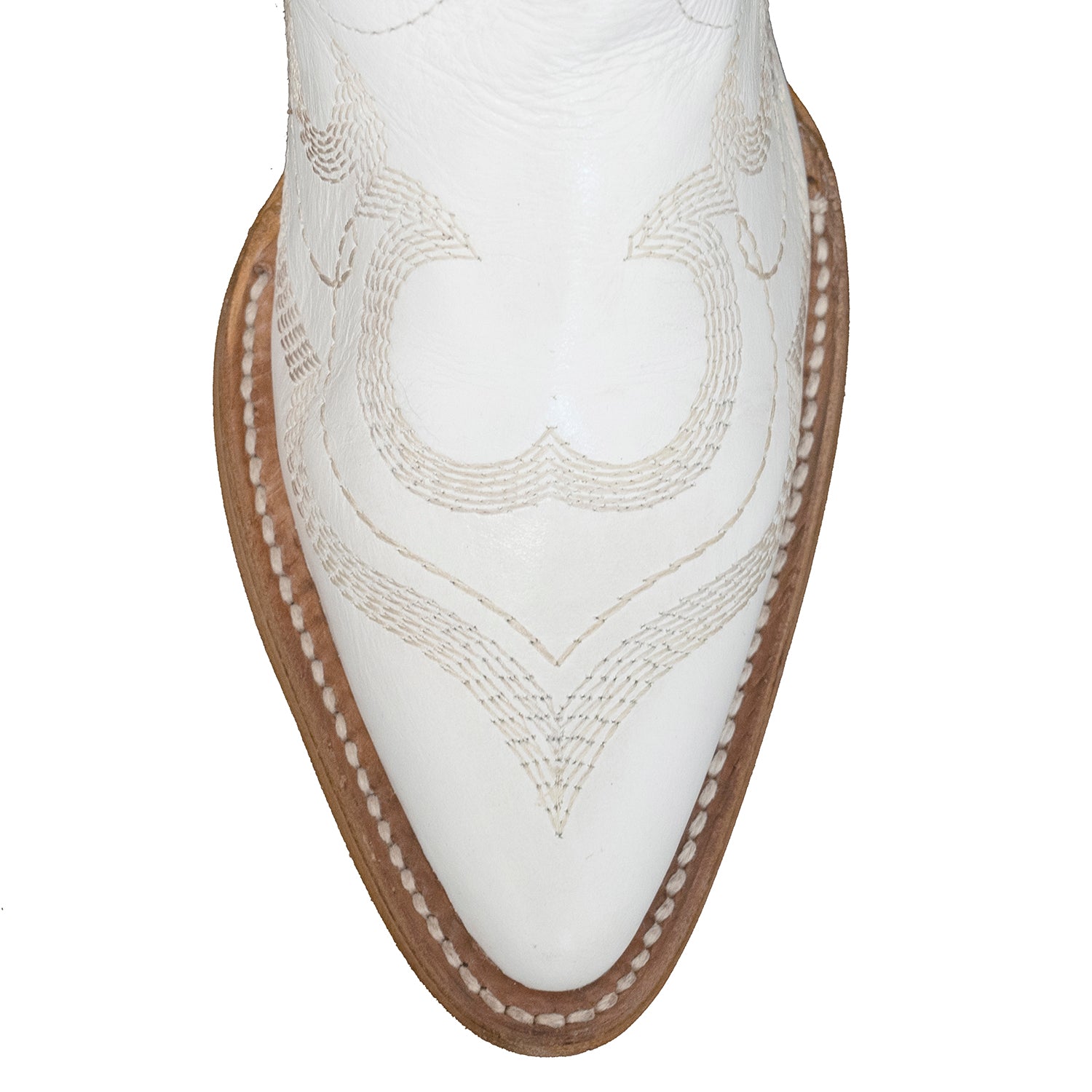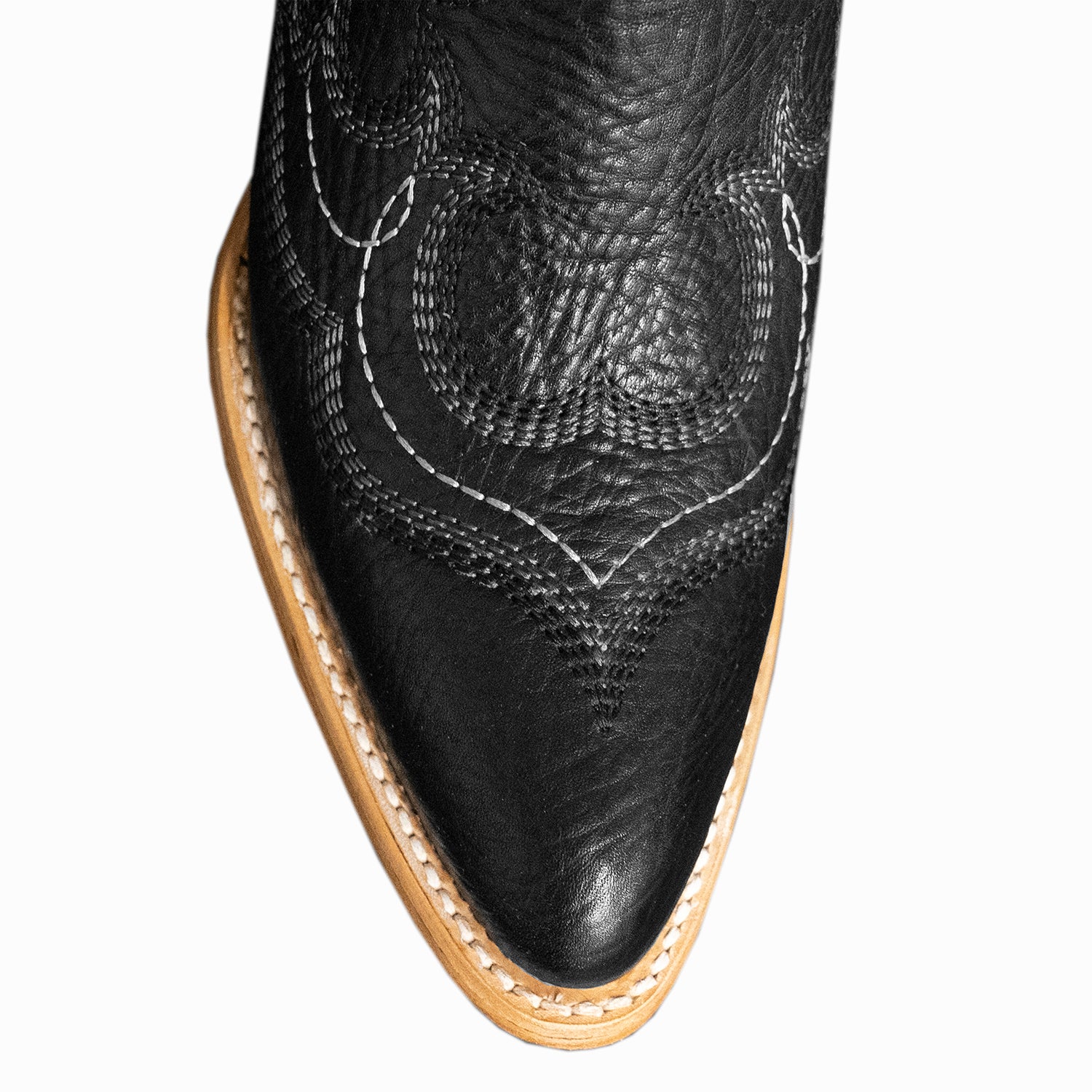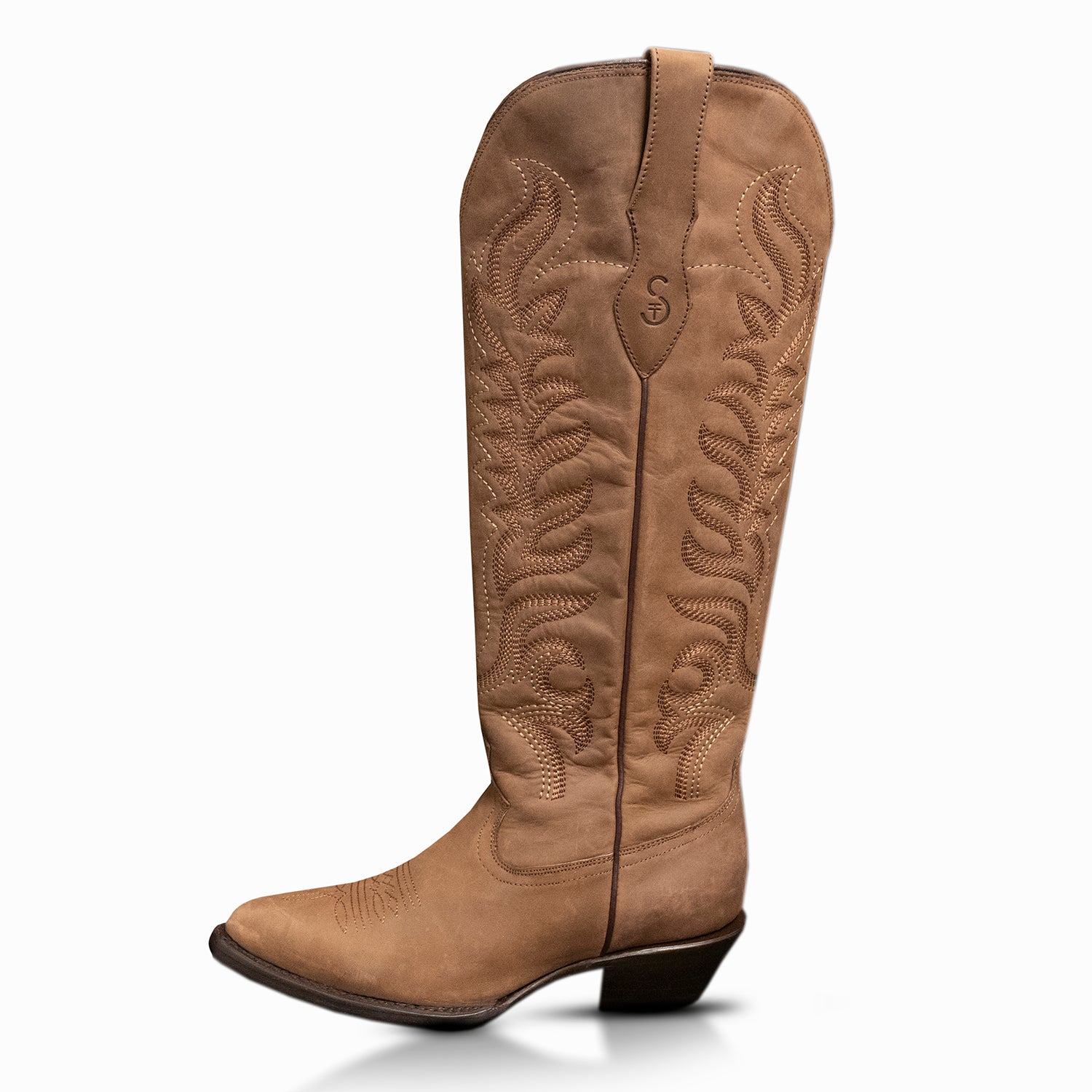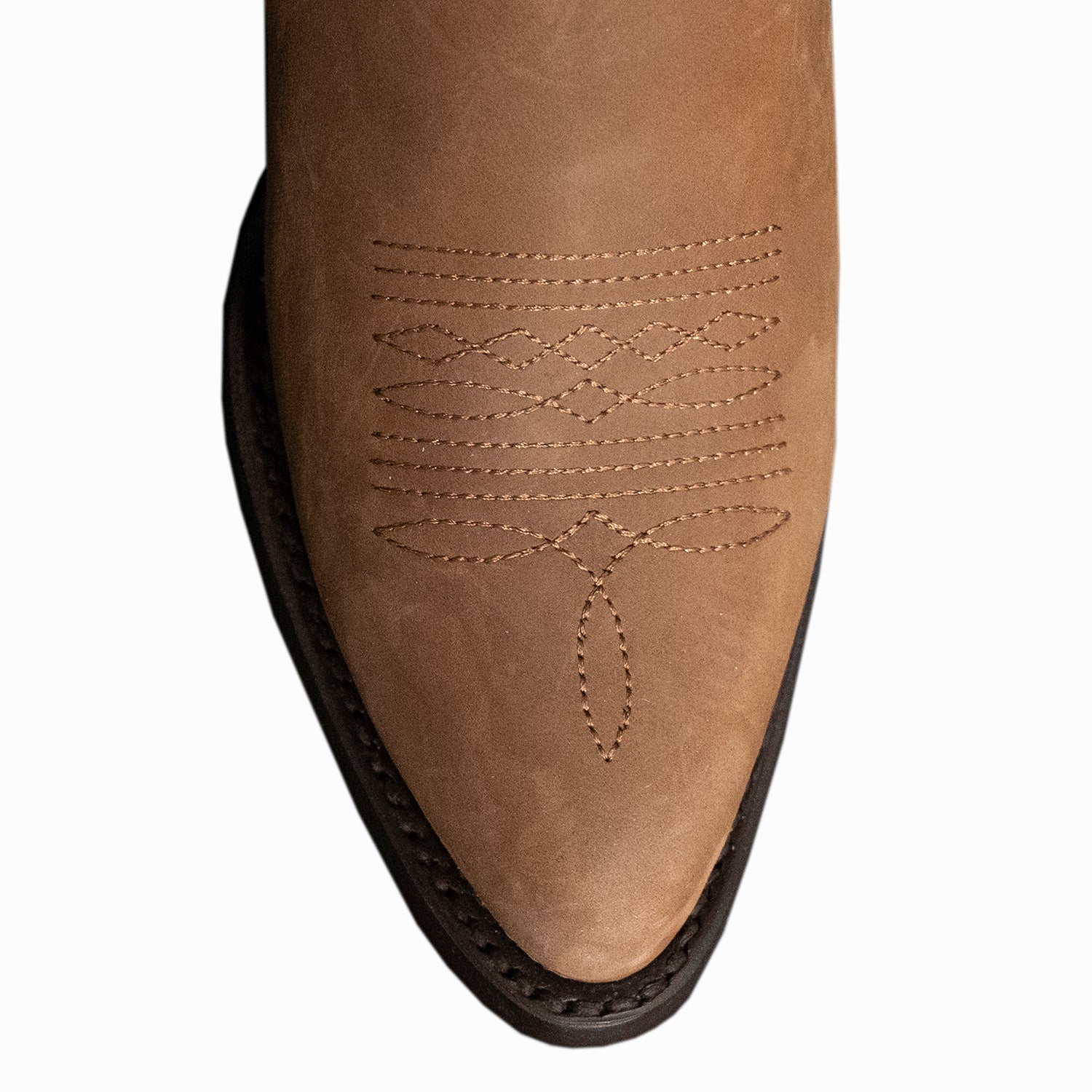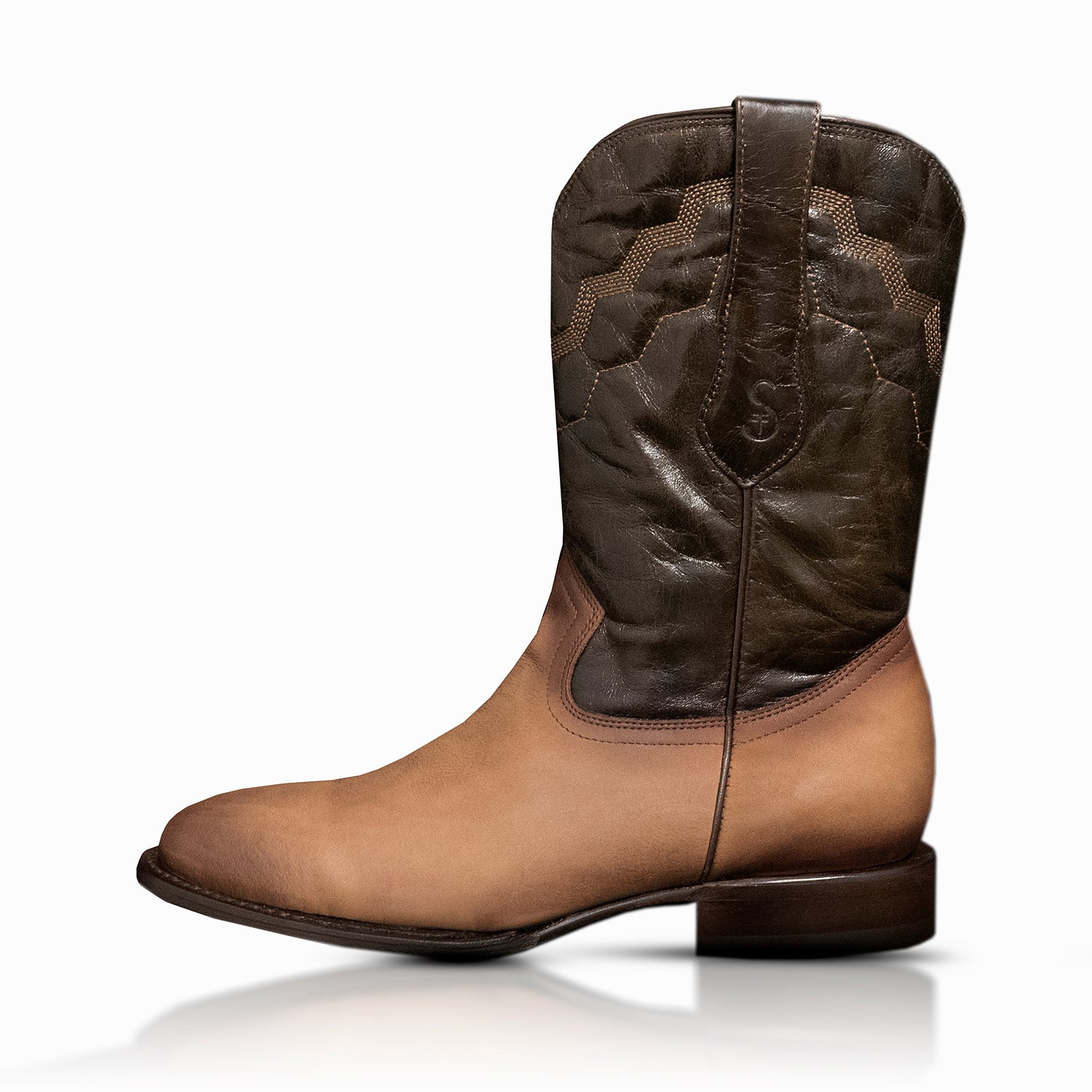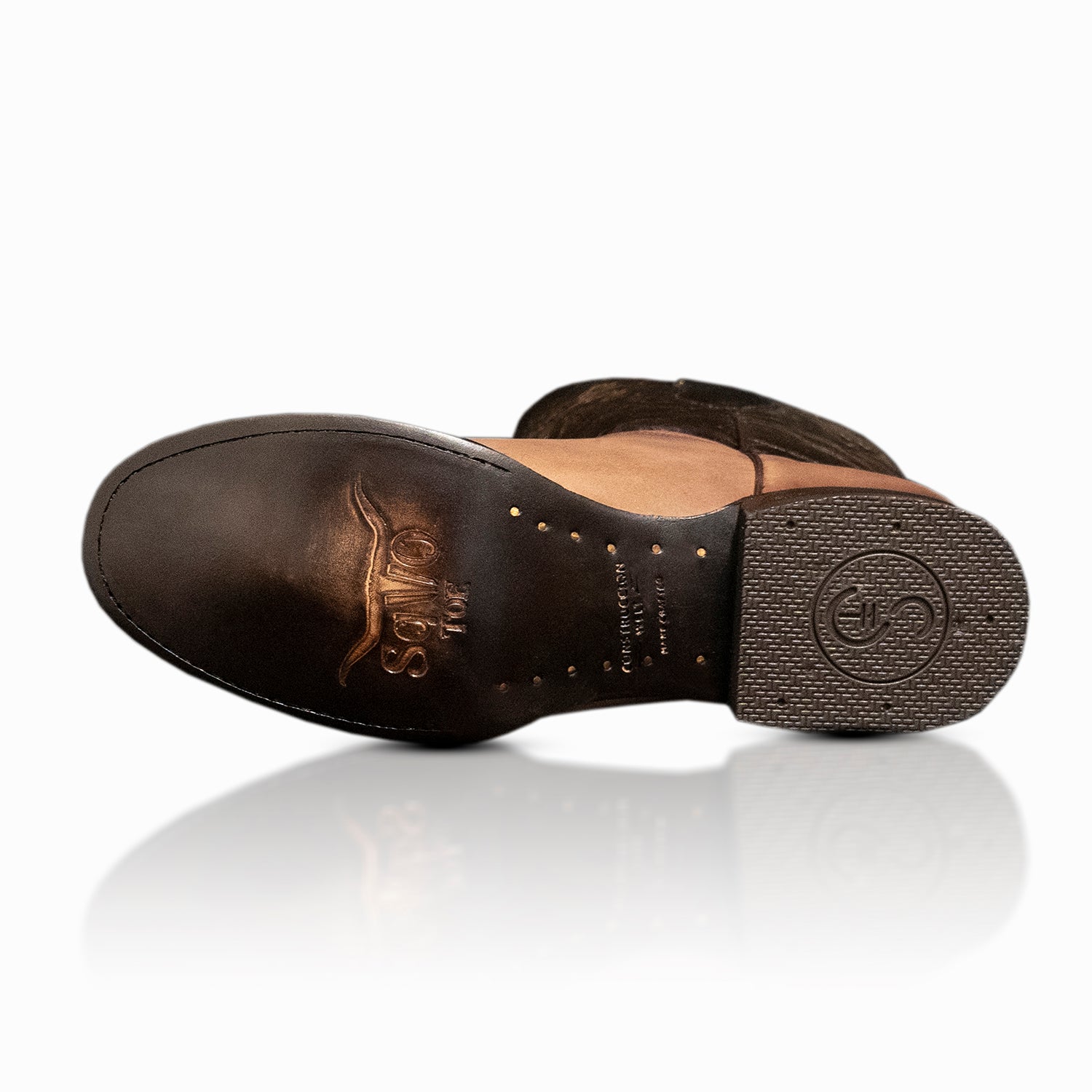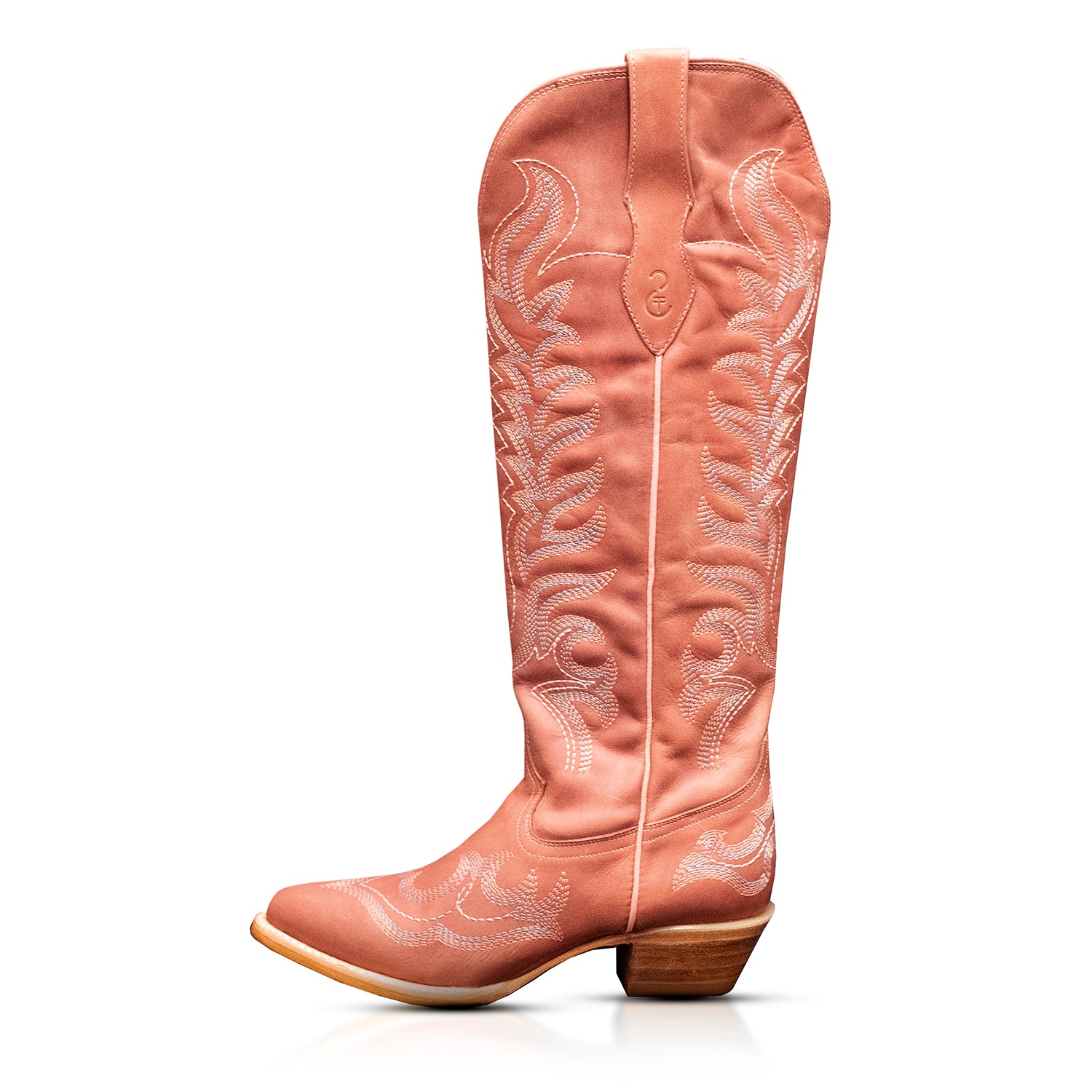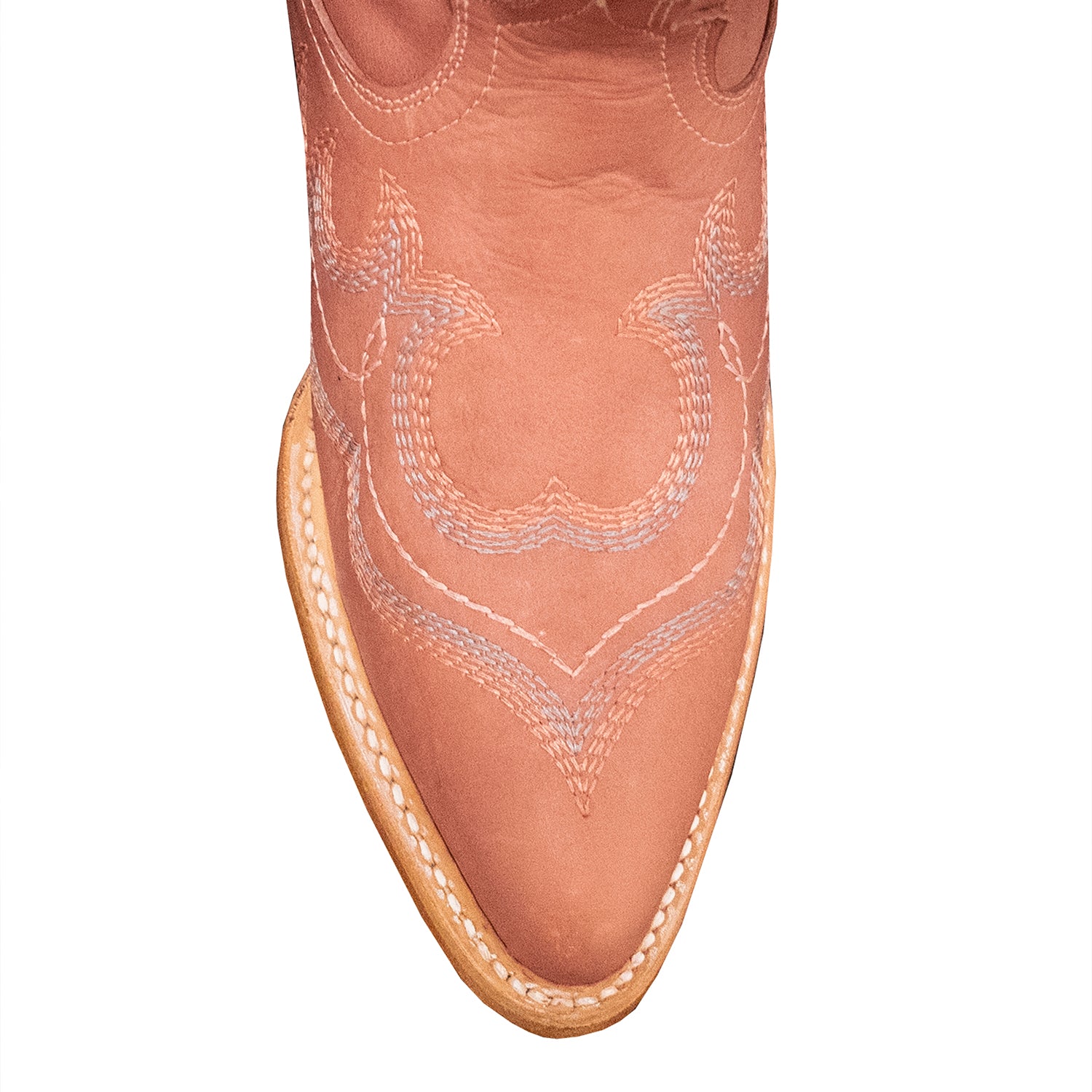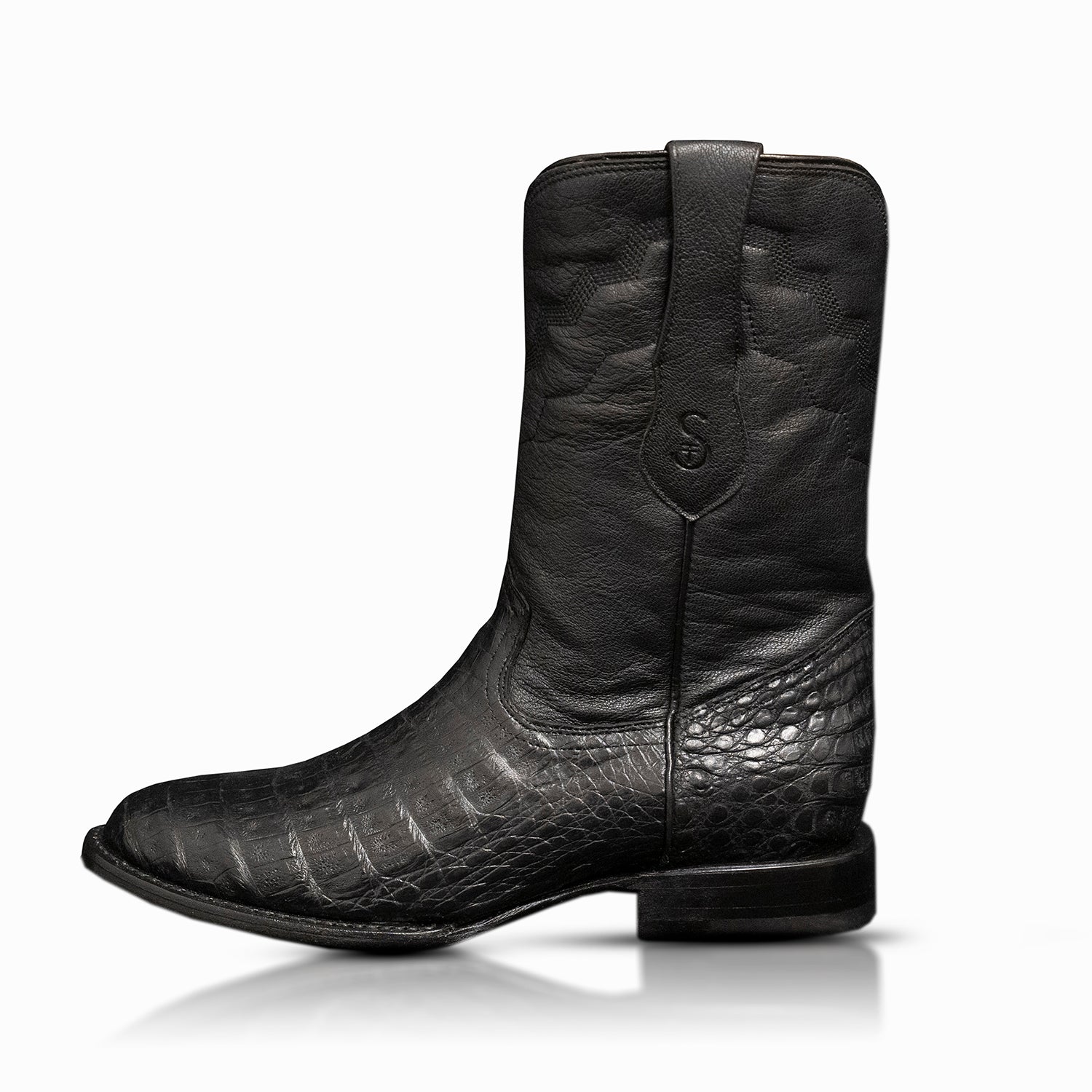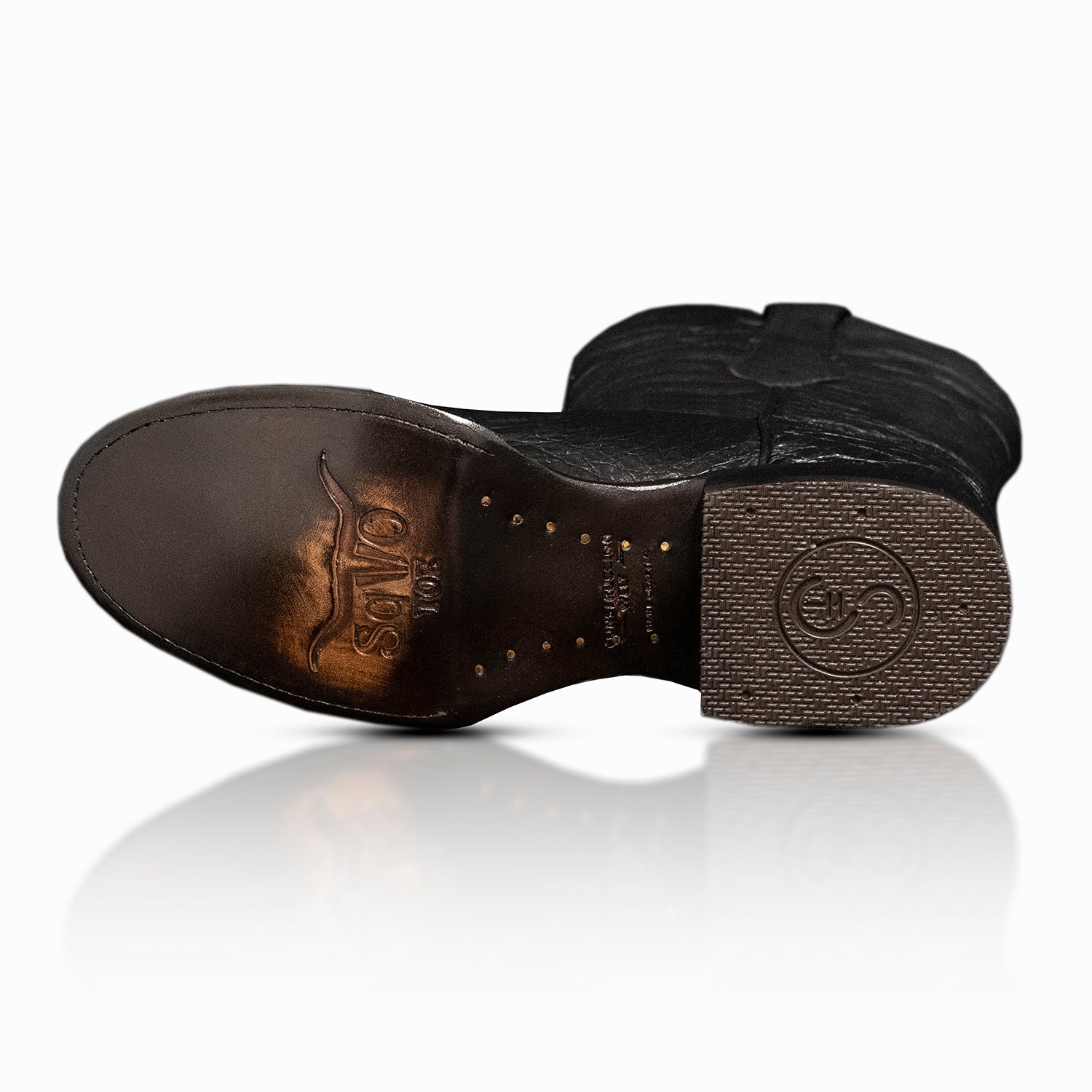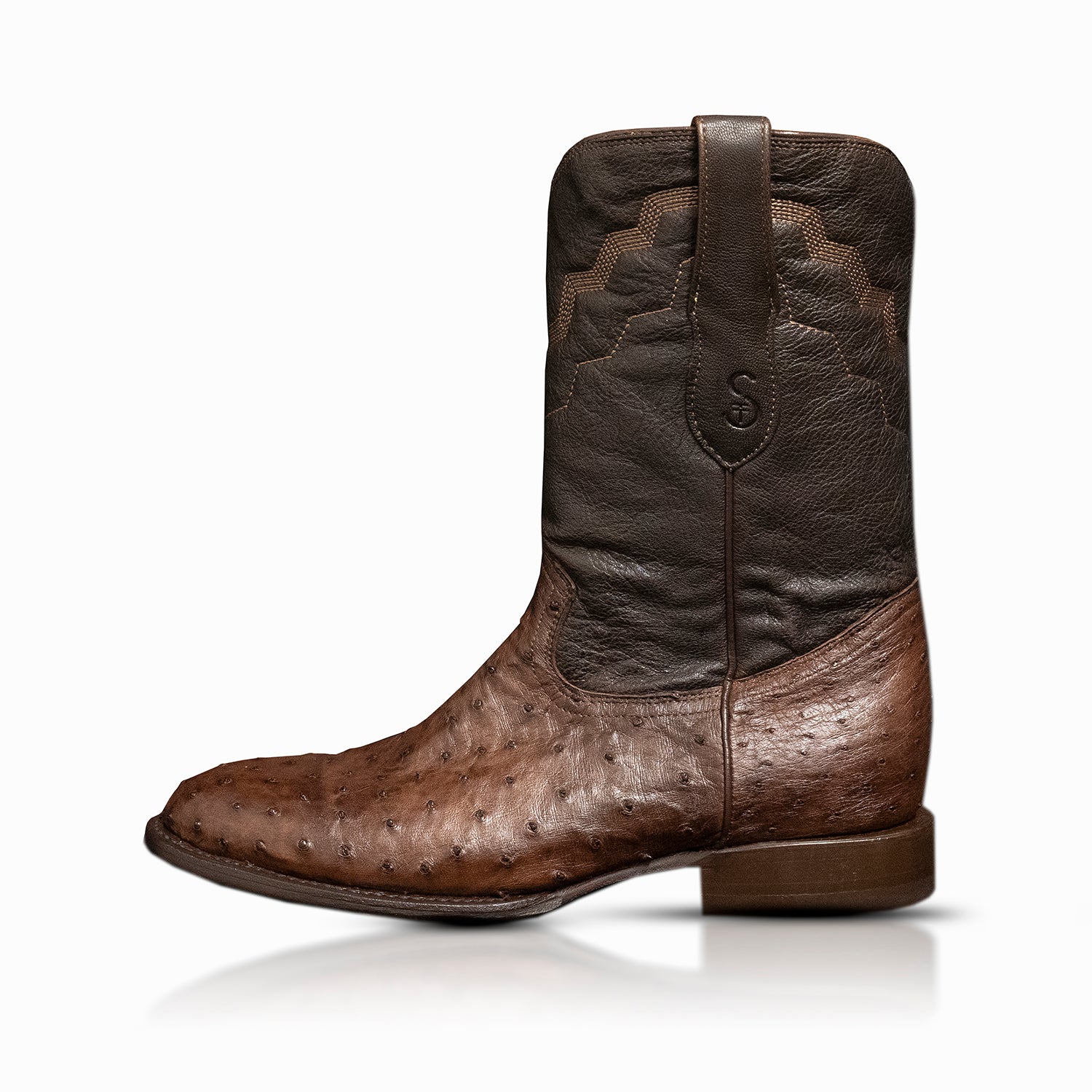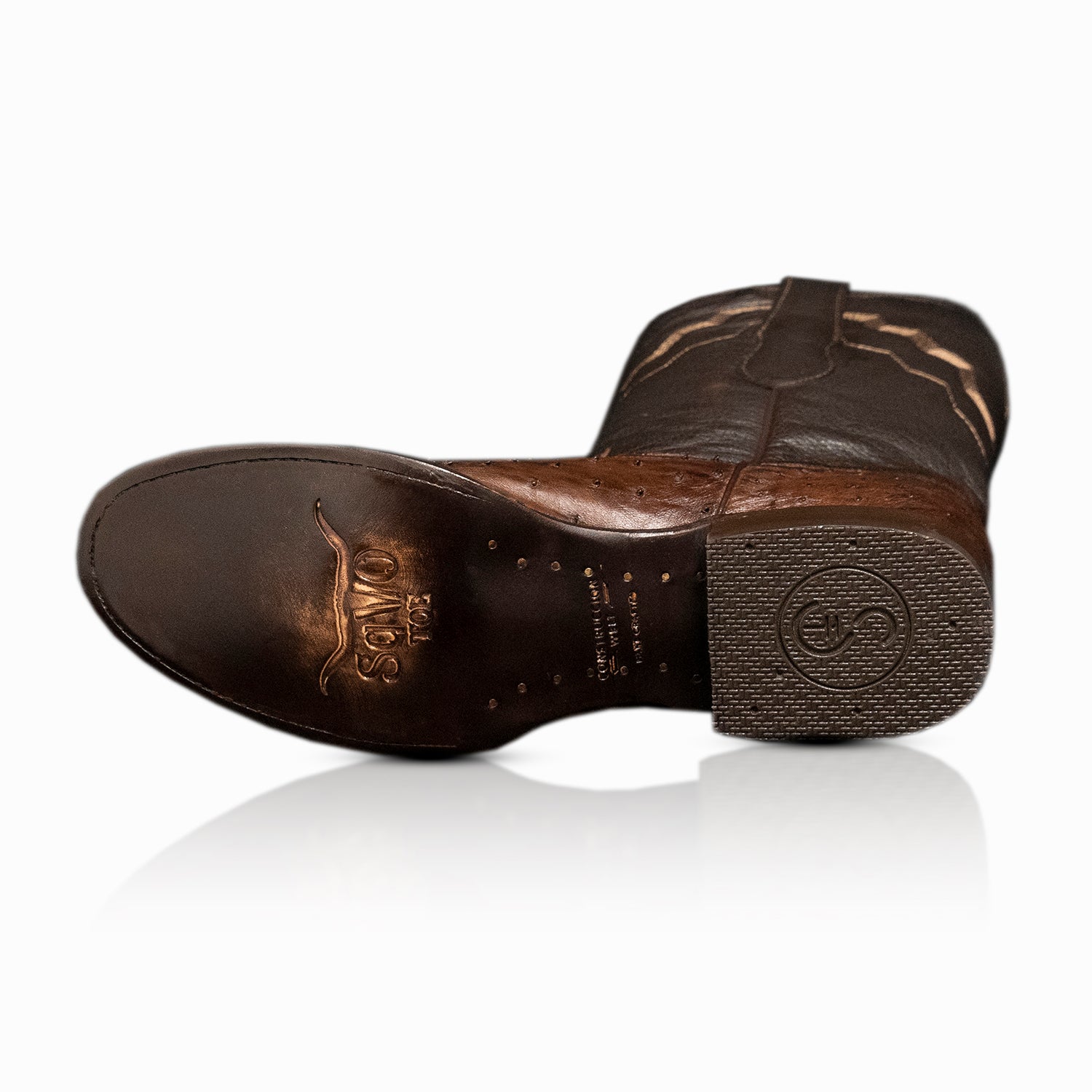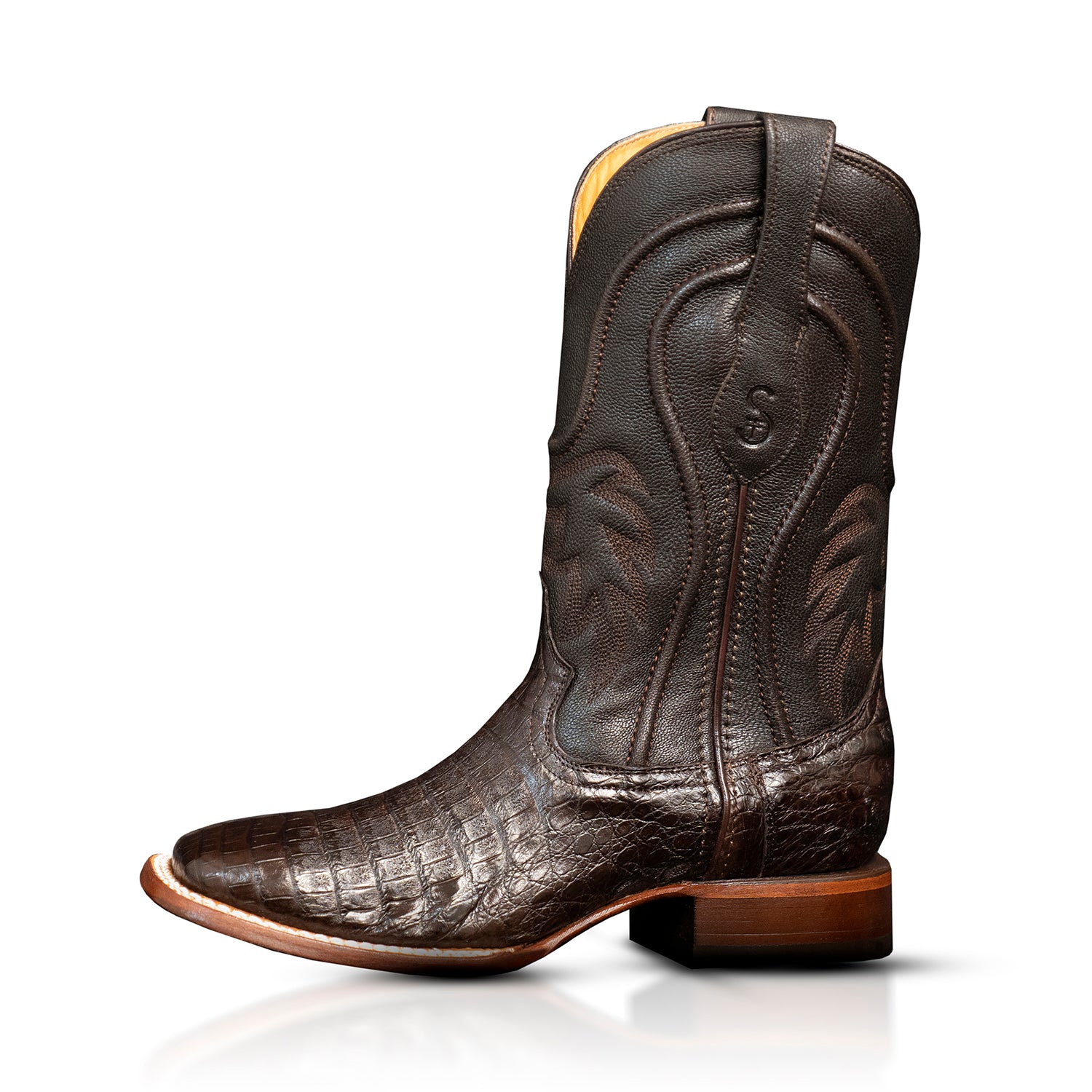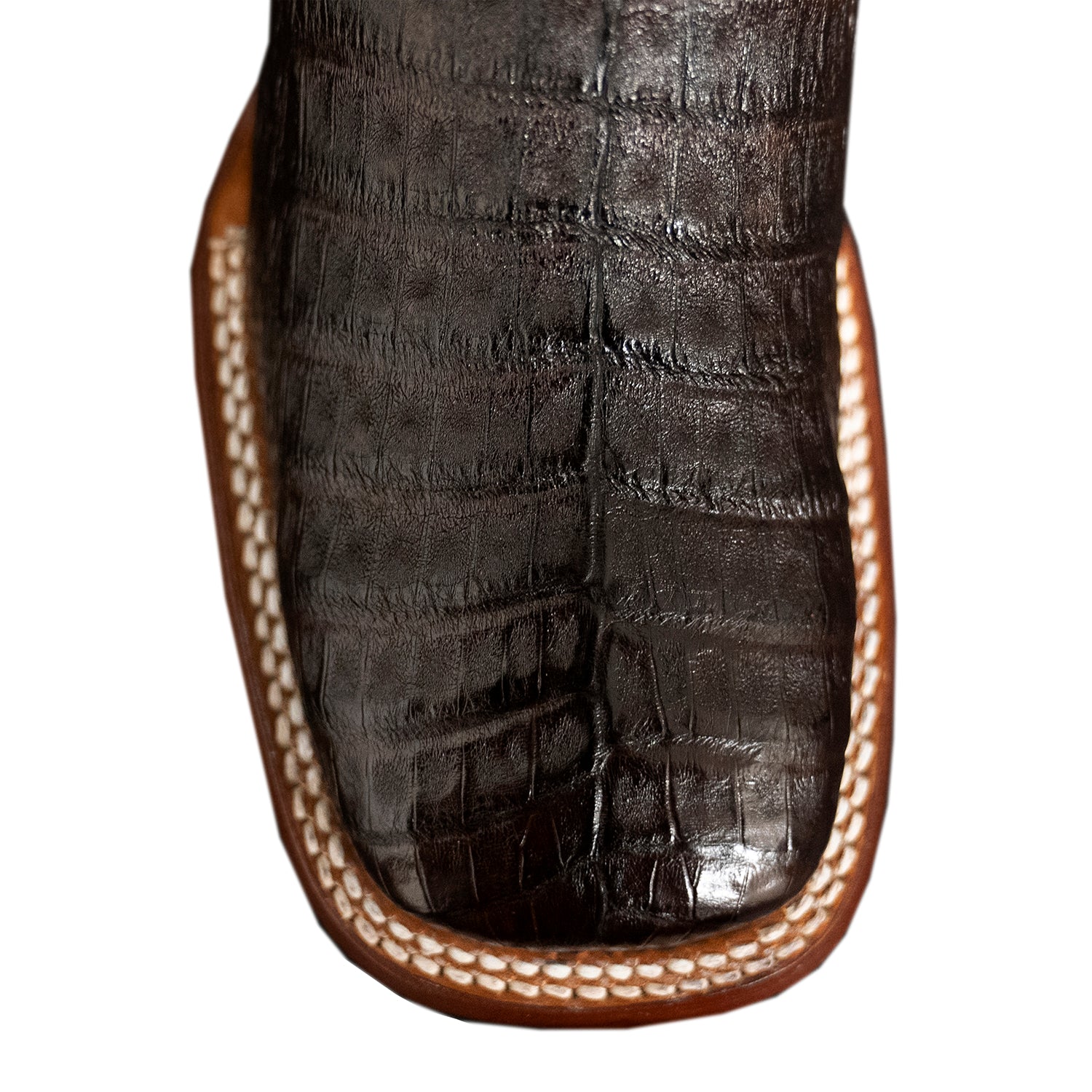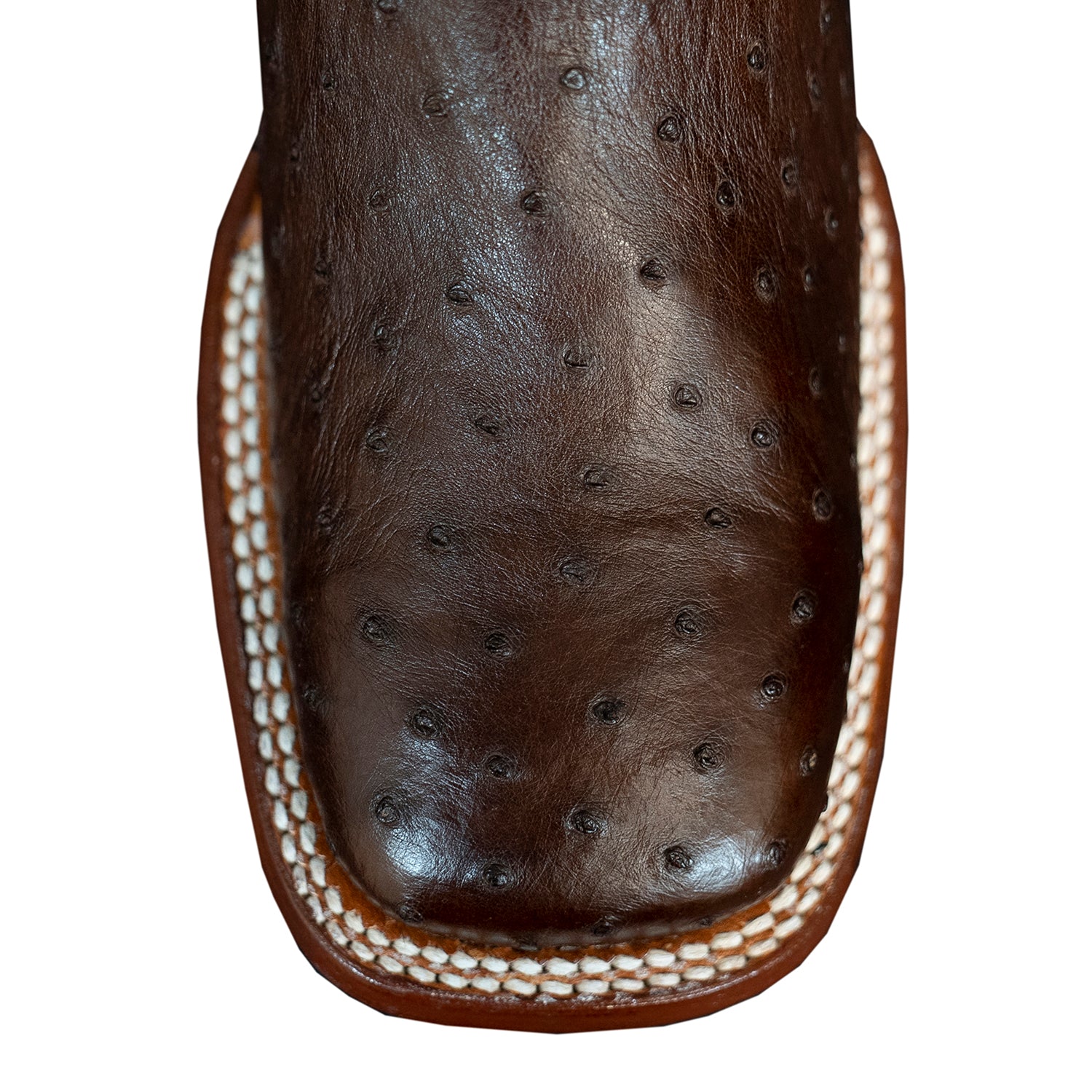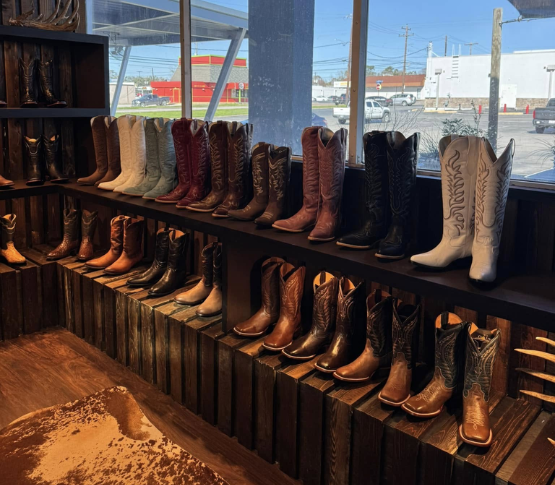
7 Helpful Tips for Buying Cowboy Boots

Cowboy boots are an amazing footwear to have by your side. Whether you're buying them for ranch work, a weekend concert, or every day wear, the right pair makes all the difference. But for first-time buyers, the choices can feel endless. From soles and heels to fit and leather types, each detail matters.
Picking a boot isn’t only about looks. It's about comfort, durability, and getting it right from the start. This guide walks you through what matters most. So if you're thinking about buying cowboy boots, let’s help you make a smart and confident choice.
The Ultimate Guide to Buying Cowboy Boots
Every boot tells a different story. Some are built for long hours on the ranch, while others are made to stand out at special events. You don’t need to know every boot term, just the basics that count. These seven tips will point you in the right direction without leaving you second-guessing.
1. Make Sure the Size is Right
A cowboy boot shouldn’t feel like a sneaker. It fits differently. Your heel will slip a little at first. That’s normal. What matters more is how your foot feels inside the boot. There should be a snug fit across the top of your foot, but not pinching.
Try on boots later in the day when your feet are slightly swollen. This gives a better idea of real-life comfort. The arch support should line up with your foot's arch. Also, don’t assume your size is the same as your tennis shoes. Getting sized by a pro helps, especially if it's your first pair of cowboy boots.
2. Choose Between Rubber versus Leather Sole
The sole affects how the boot wears over time. Rubber soles grip better on slick surfaces. They're good for outdoor work or uneven ground. Leather soles are traditional and look clean, but they can feel slick at first. Over time, they mold to your foot and offer smooth movement.
If you’re buying boots for everyday use, rubber may serve you better. For dancing or dress wear, leather keeps things classy. Some people even go for hybrid soles that give a little of both. Consider where you'll be walking the most.
3. Decide on What Kind of Toe and Heel is Right for You
Toe and heel shape matter for both comfort and appearance. Pointed toes look sharp but can feel tight. Square or round toes offer more room. Heel types vary, too. Walking heels are lower and more comfortable for long days. Riding heels are angled and a bit taller.
Ask yourself, what kind of cowboy boots should I get based on where I'll wear those most? Narrow toes may work better with dress pants. Wider toes feel better for all-day wear. Heel height should match your use, not just the look.
4. Allow for Heel Slippage
Many people worry if their heel slips up and down in a new boot. Don’t stress about that on day one. New boots need time to mold to your feet. A little movement is expected. Over time, the leather will soften, and the boot will start to "hug" your heel. If there's zero slip, the boot may be too tight. If you're learning how to buy cowboy boots, keep this in mind: some wiggle room means the fit is correct. It’s part of the boot’s break-in period.
5. Decide on What Kind of Leather You Want for Your Boot?
Boots come in many hides. Some leathers are thick and long-lasting. Others are soft and flexible. Cowhide is the most common, strong, and affordable. Goat leather is soft and wears well. Exotic hides like ostrich, lizard, or snake offer a unique texture and feel. It is best to consider the boot’s use.
Will it see daily wear? Then go for something tougher. Looking for a statement piece? Exotic leathers work well for dress occasions. Women's leather sole cowboy boots often feature lighter materials for comfort. The type of hide changes the boot’s weight, shape, and feel.
6. Choose Between "Rough-out" Versus "Smooth"
Some boots look polished, others feel raw. That’s the rough-out versus smooth debate. Rough-out boots show the suede side of the leather. They’re more rugged and resist scratches better. Smooth boots look cleaner and are easier to shine. They also tend to break in faster.
This choice depends on use. Rough-out fits more casual or work settings. Smooth leathers suit formal wear. If you’re still asking how to pick cowboy boots, let where you’ll wear them help guide the choice.
7. Look at the Lining Inside of the Boot
Good lining matters more than many people think. It keeps your foot dry, reduces friction, and helps the boot hold its shape. Leather linings feel better than synthetic ones as they:
· Breathe better
· Last longer
· Keep the boot flexible
A poor lining can lead to blisters or early wear. Boot makers sometimes cut costs here, so don’t fall for it. Knowing how to buy boots includes checking the inside just as much as the outside. Quality lining means you’ll wear the boots longer and feel better doing it.
Final Thoughts
Finding the right cowboy boot takes more than grabbing the first pair that looks good. Each choice adds up. Therefore, you should know what works best for your feet, your style, and your life. Comfort matters just as much as looks. Browse SquareToToe and find cowboy boots that fit you just right, inside and out.
FAQs
Where do you buy cowboy boots that fit well?
You can buy from trusted online shops like SquareToToe or visit a western wear store with fitting experts.
What are cowboy boots good for besides ranch work?
They’re great for casual wear, dancing, events, and even daily office wear with jeans or slacks.
How to choose cowboy boots for walking all day?
Go for wider toe shapes, a walking heel, and soft leathers like goat or well-oiled cowhide for comfort.
What color cowboy boots should I get for daily wear?
Brown and black are easiest to match. Tan and gray work well too, especially with denim.
Are there different types of cowboy boots for men and women?
Yes. Styles, cuts, and toe shapes can vary. Women’s boots often have narrower shapes and lighter builds.
